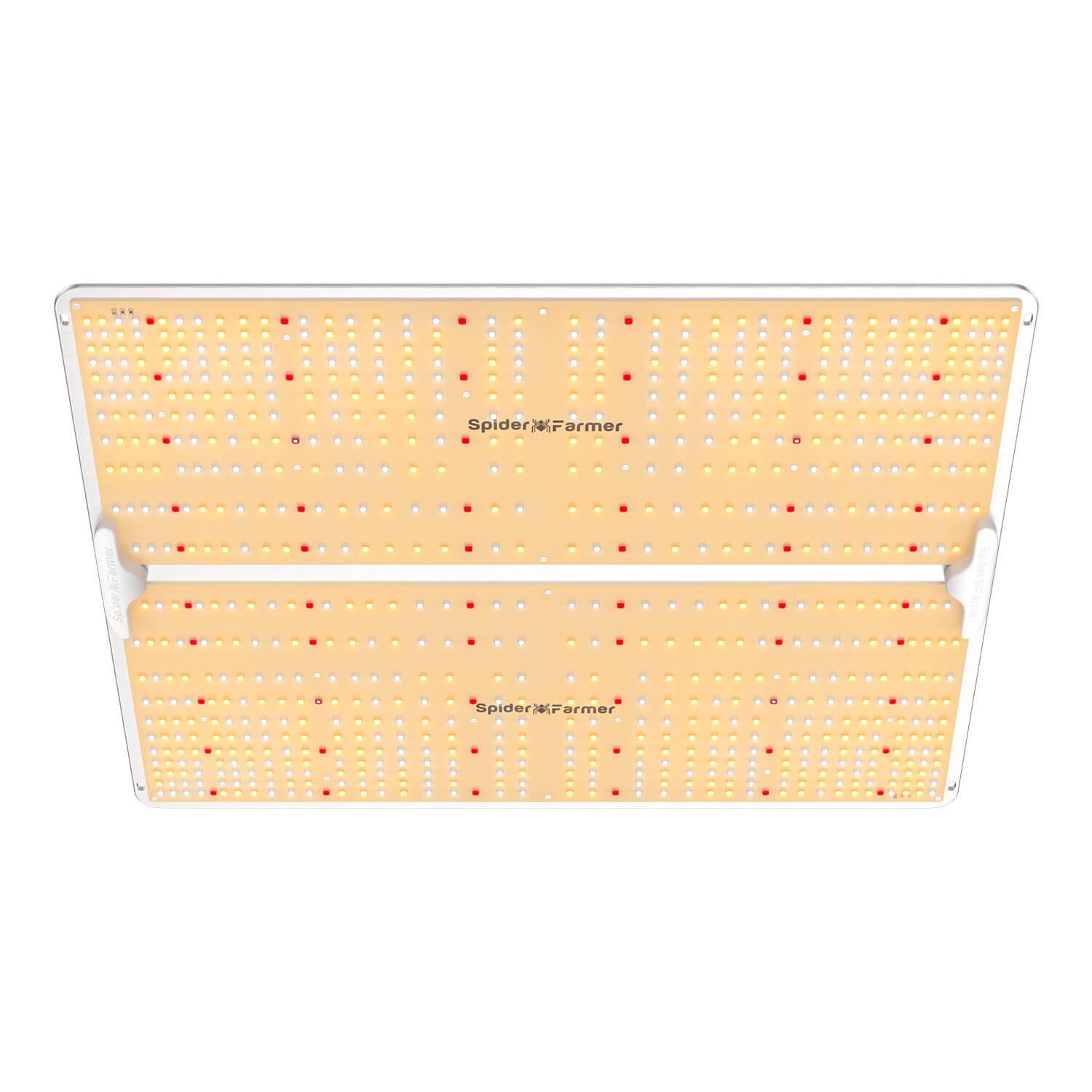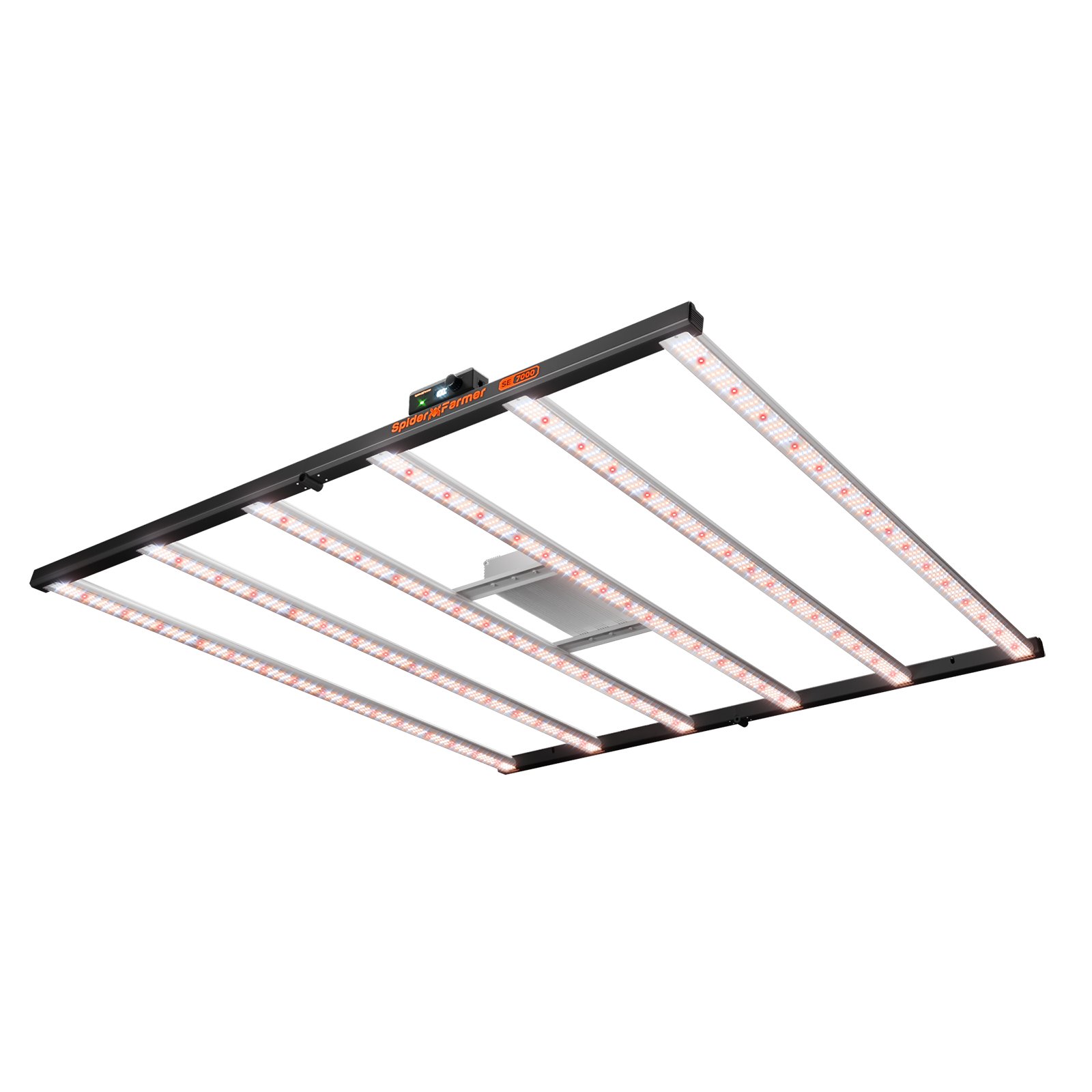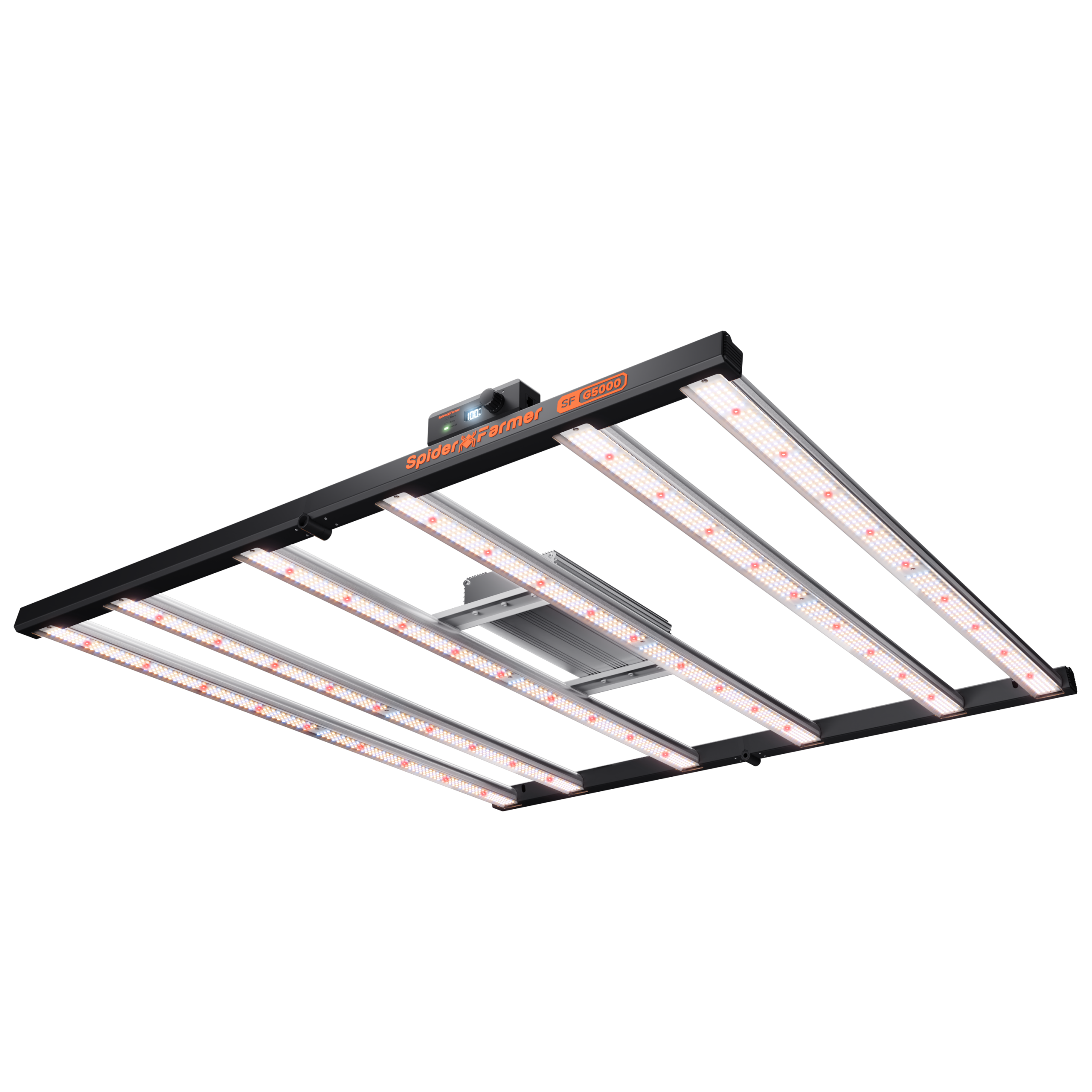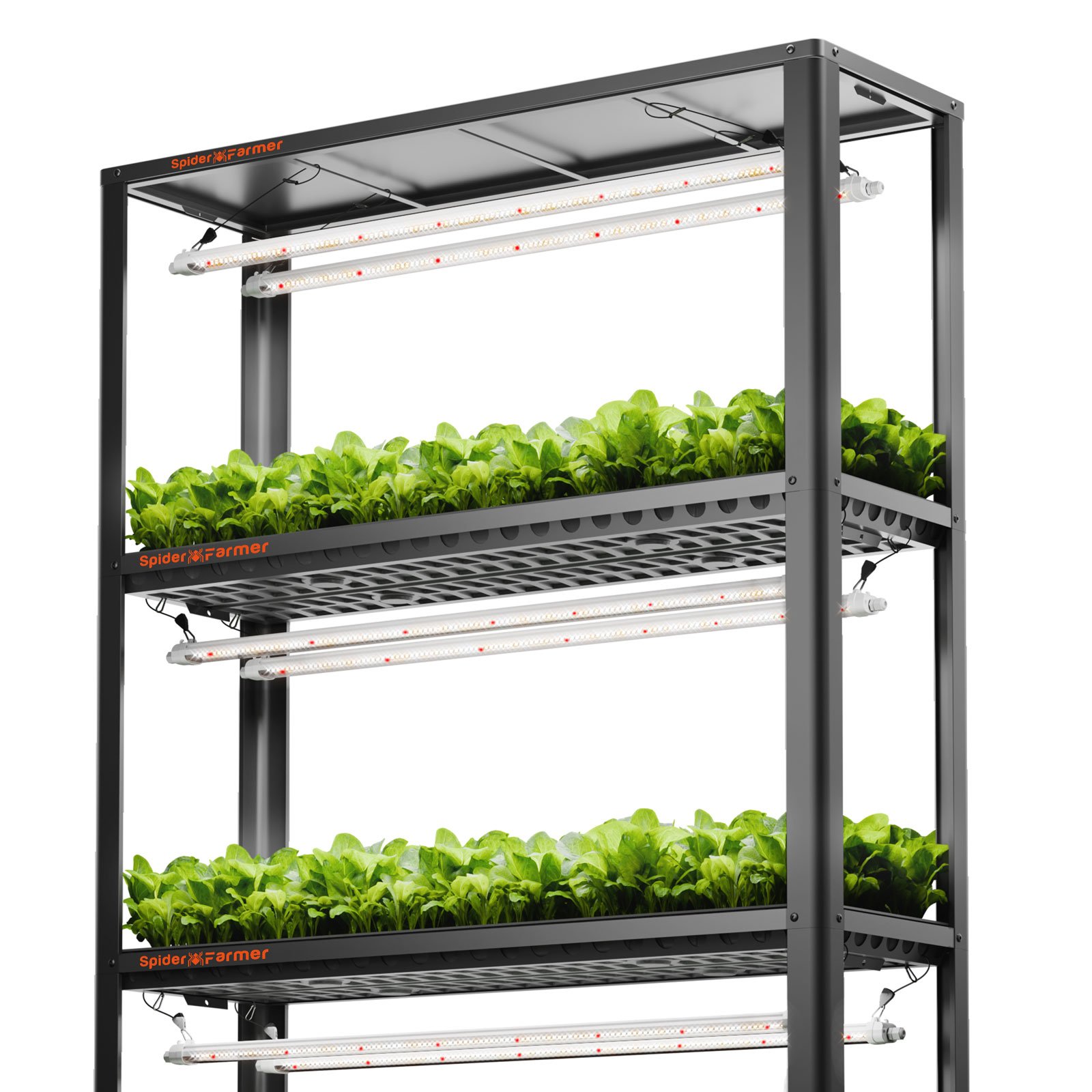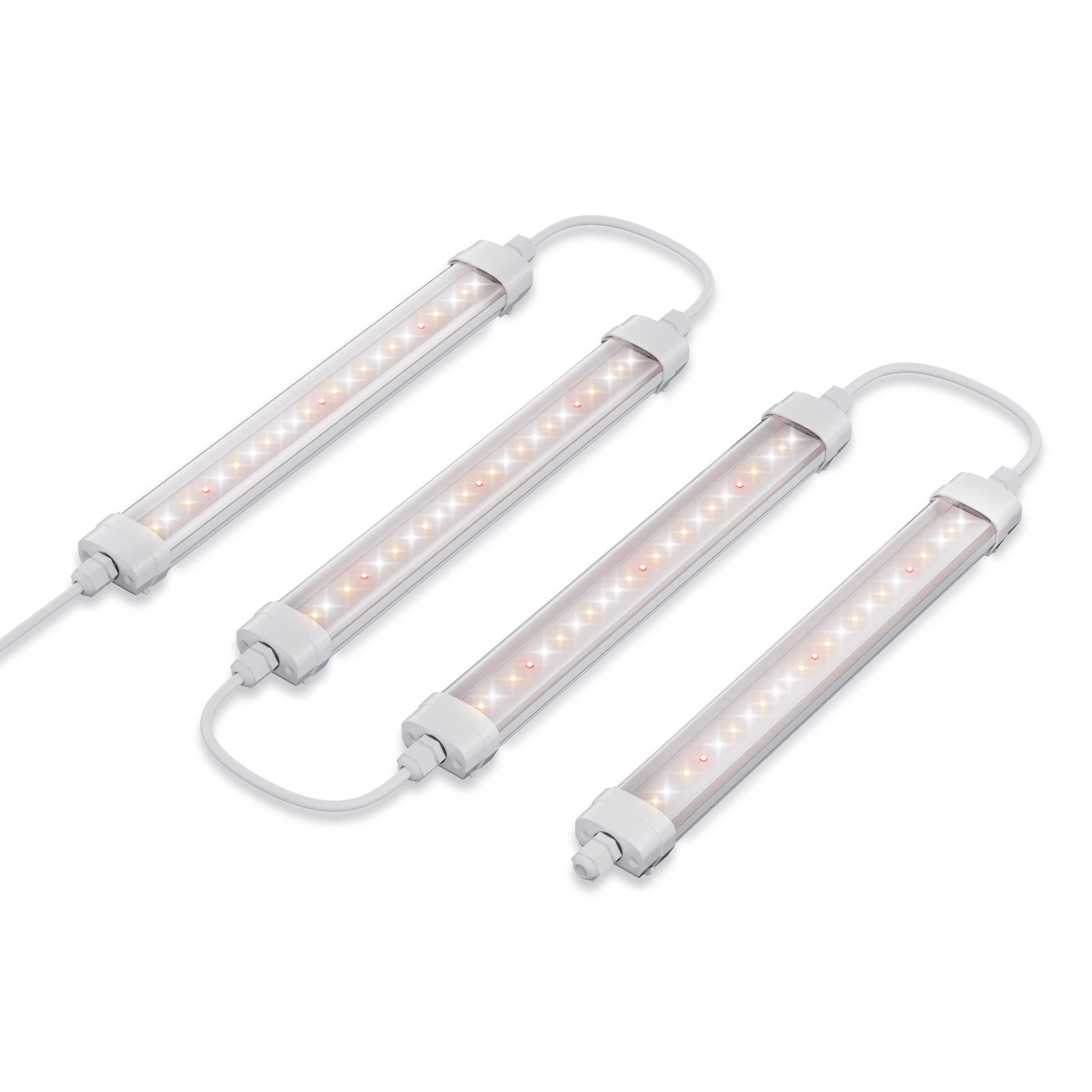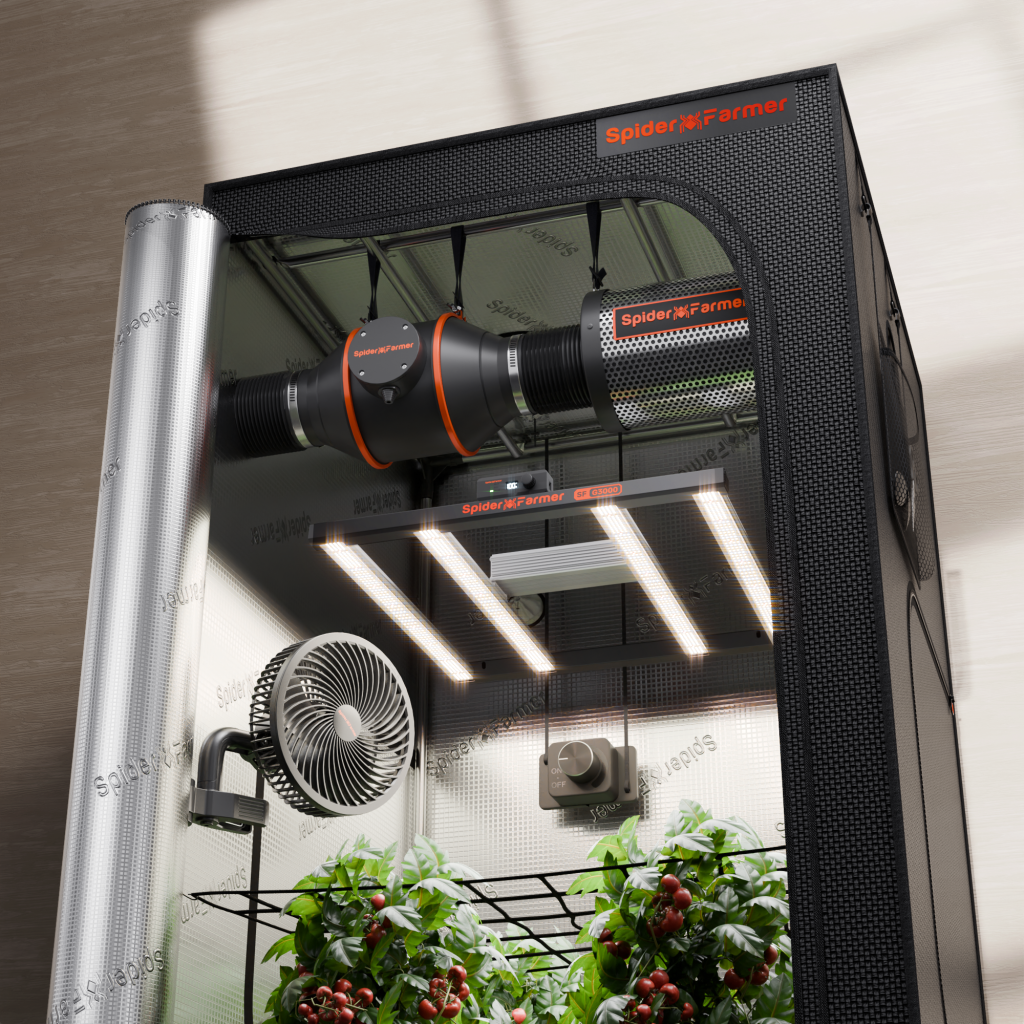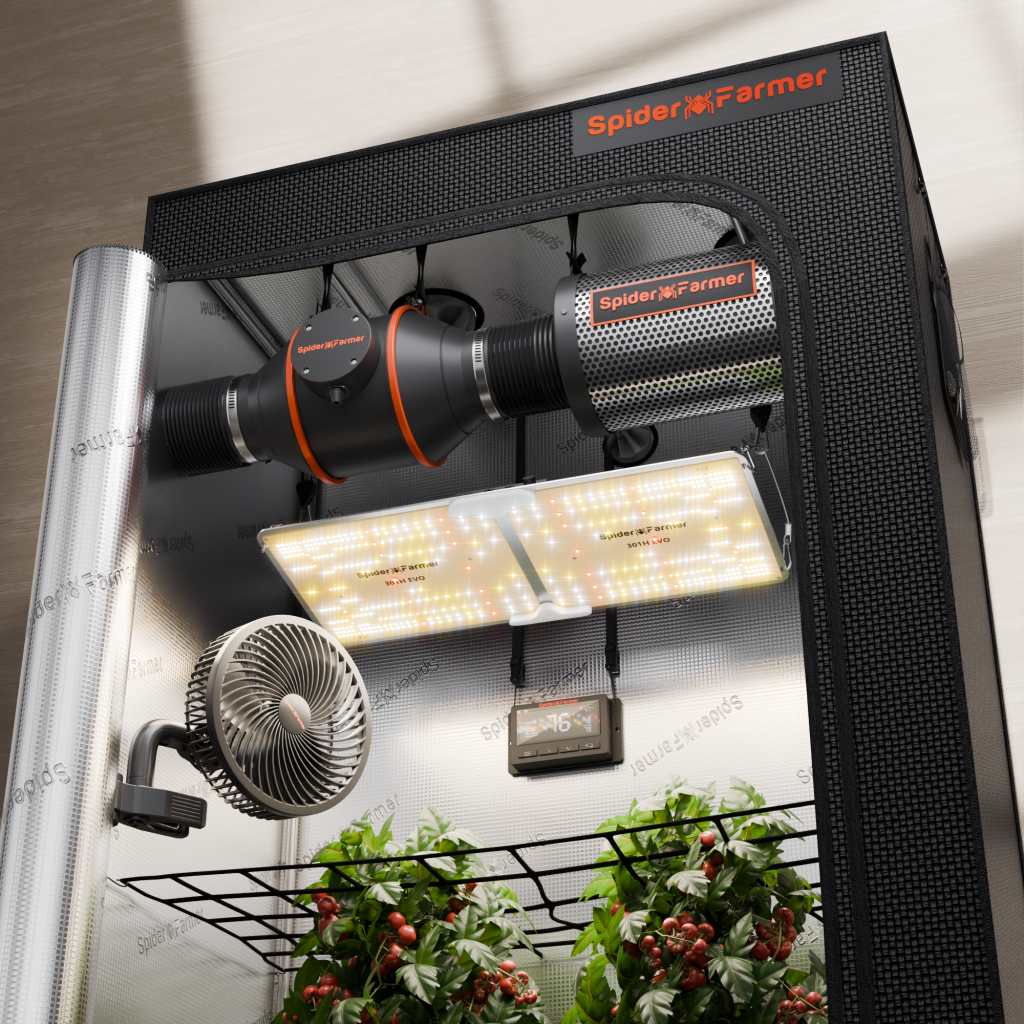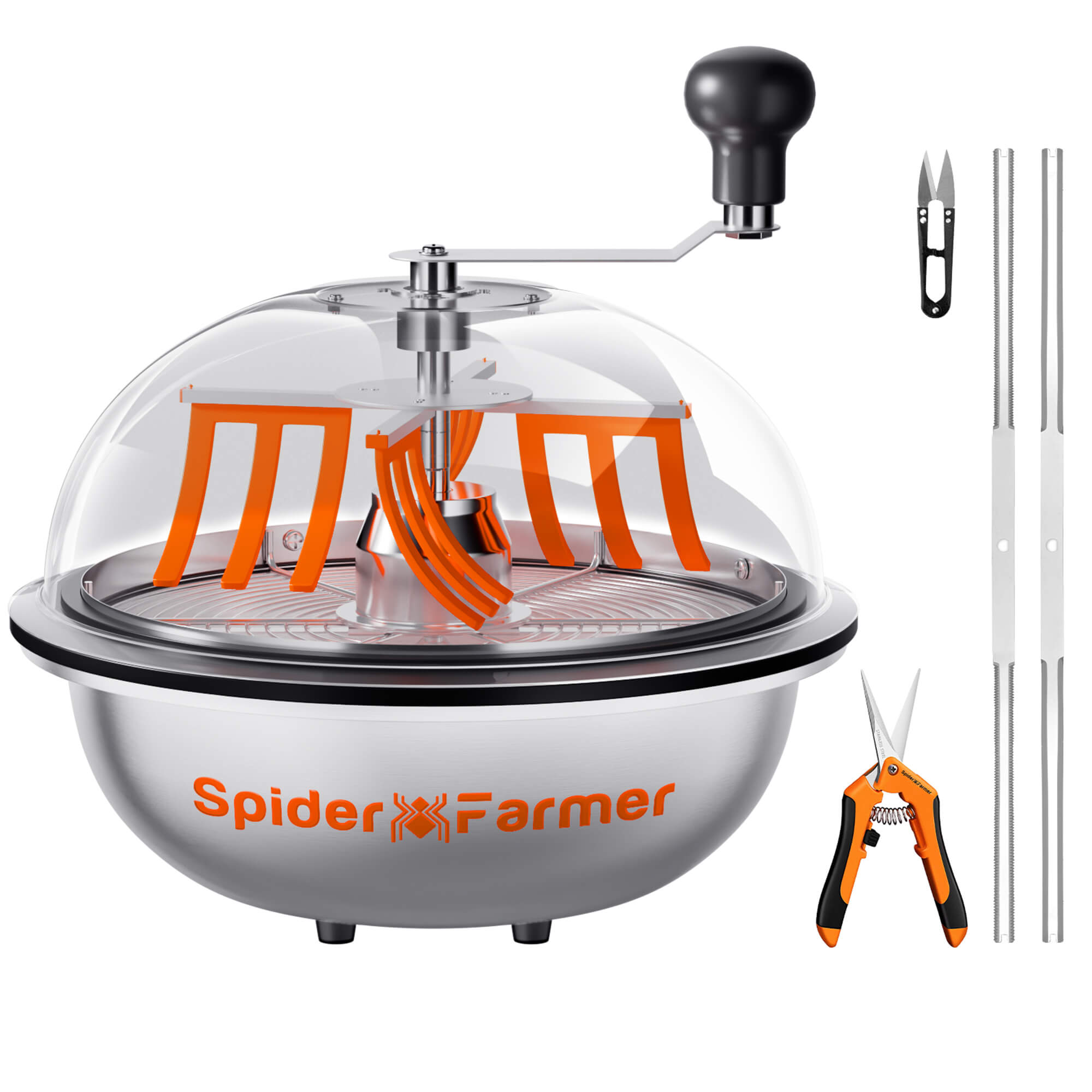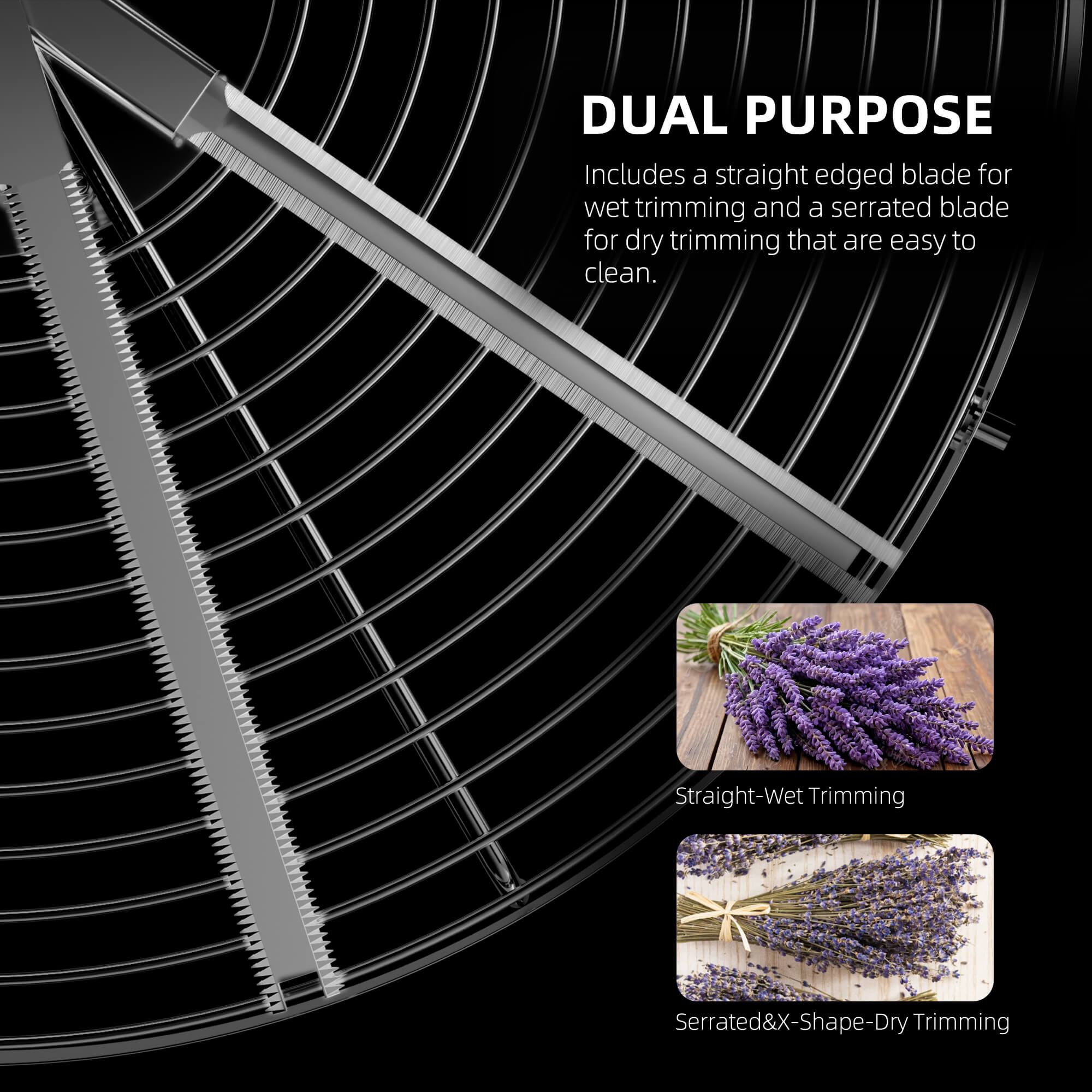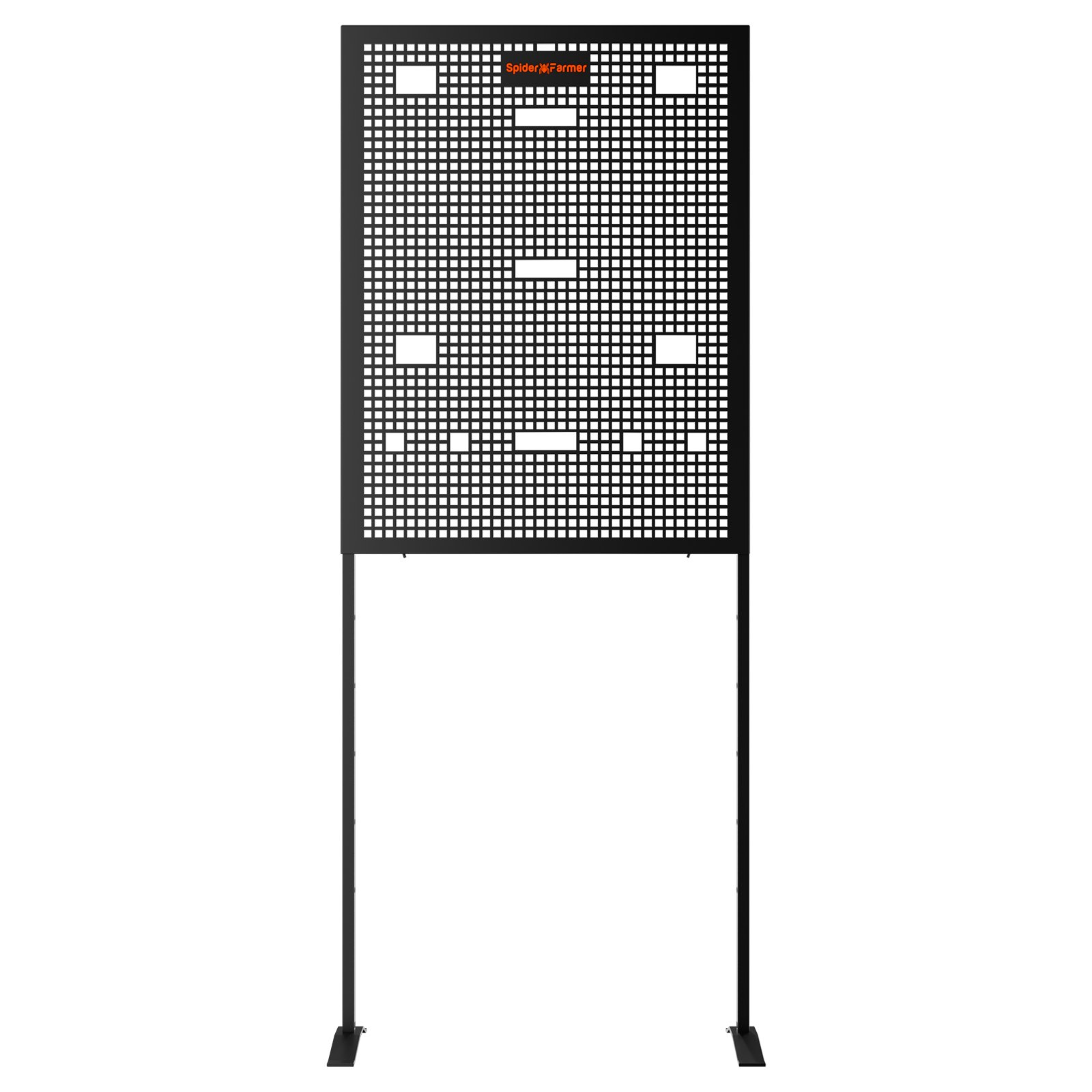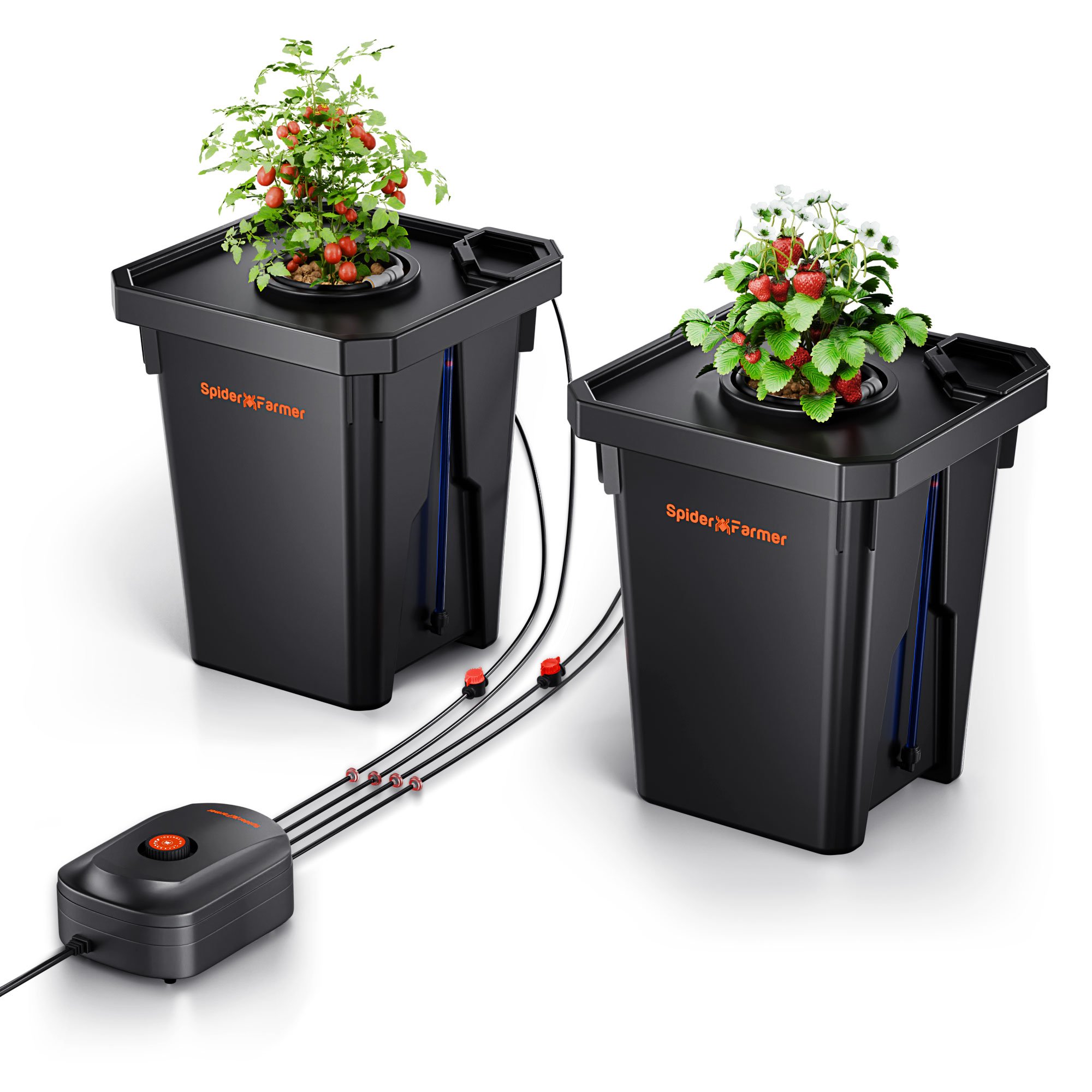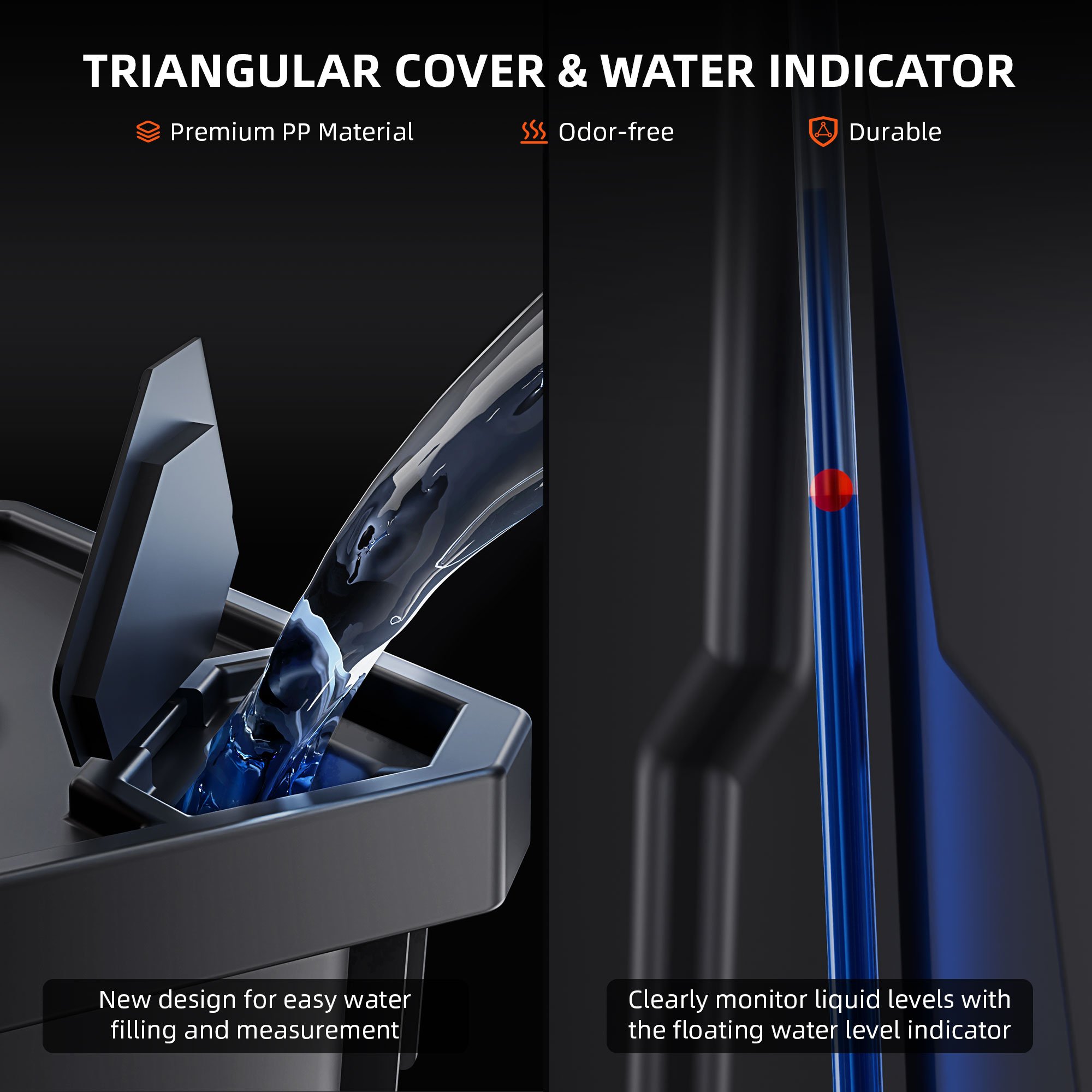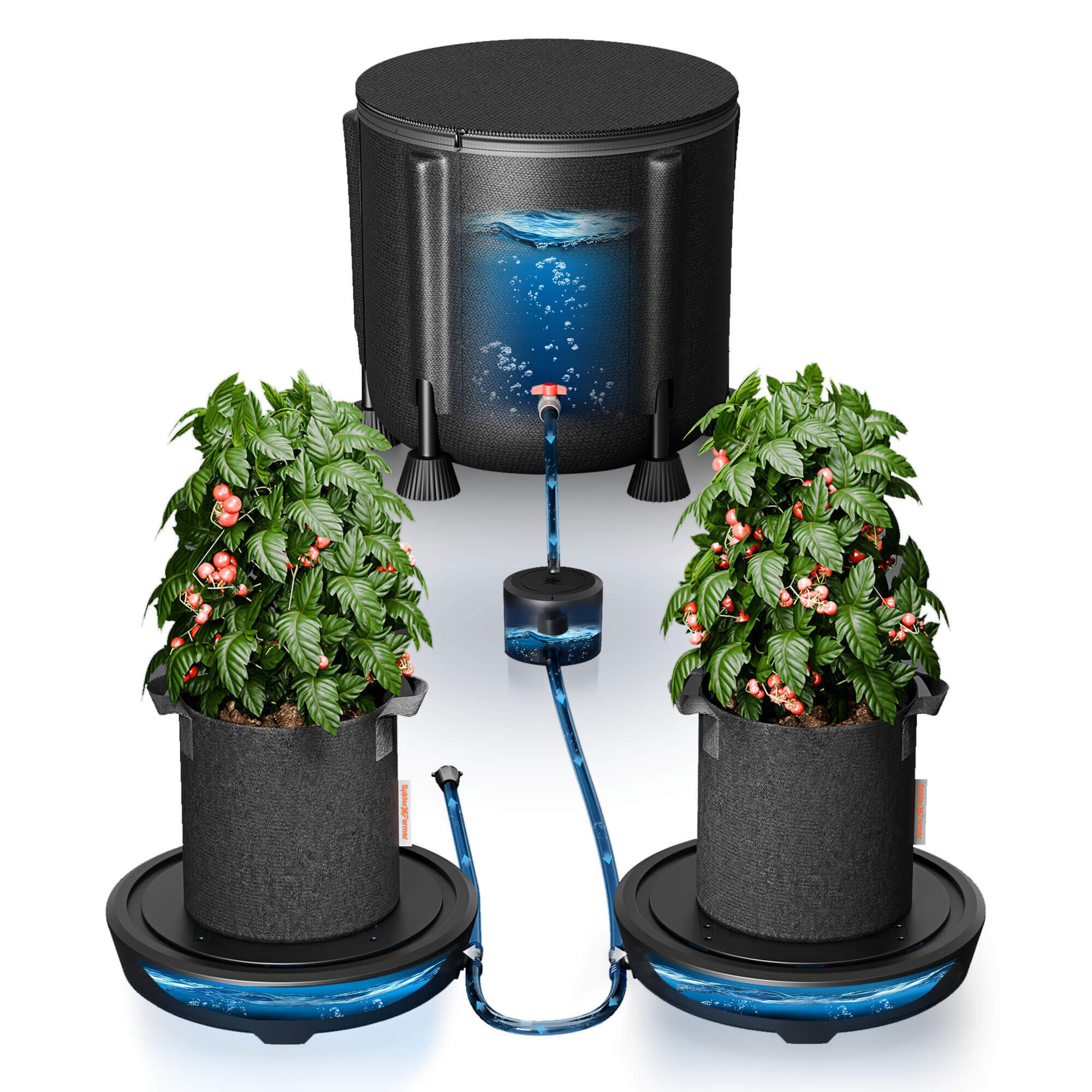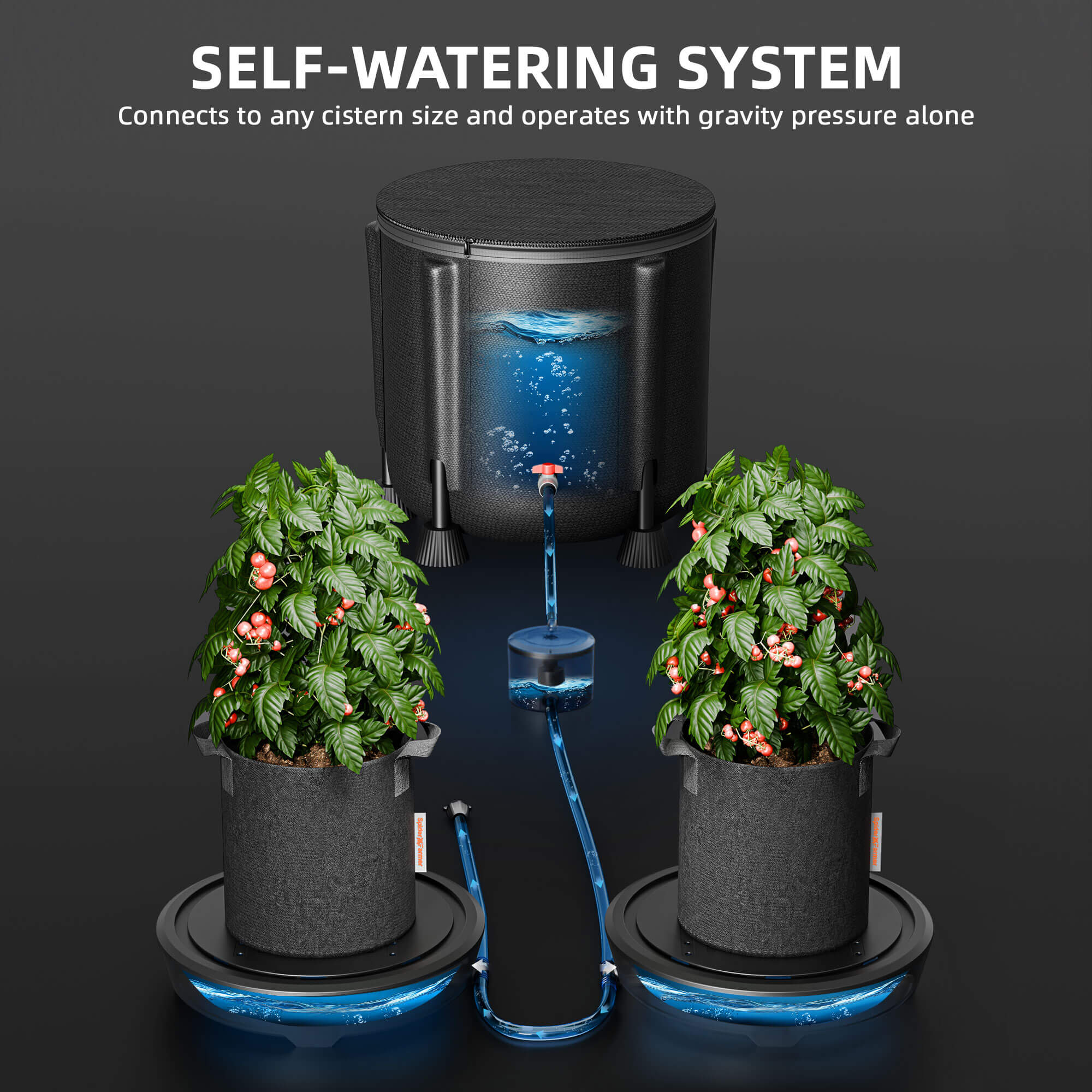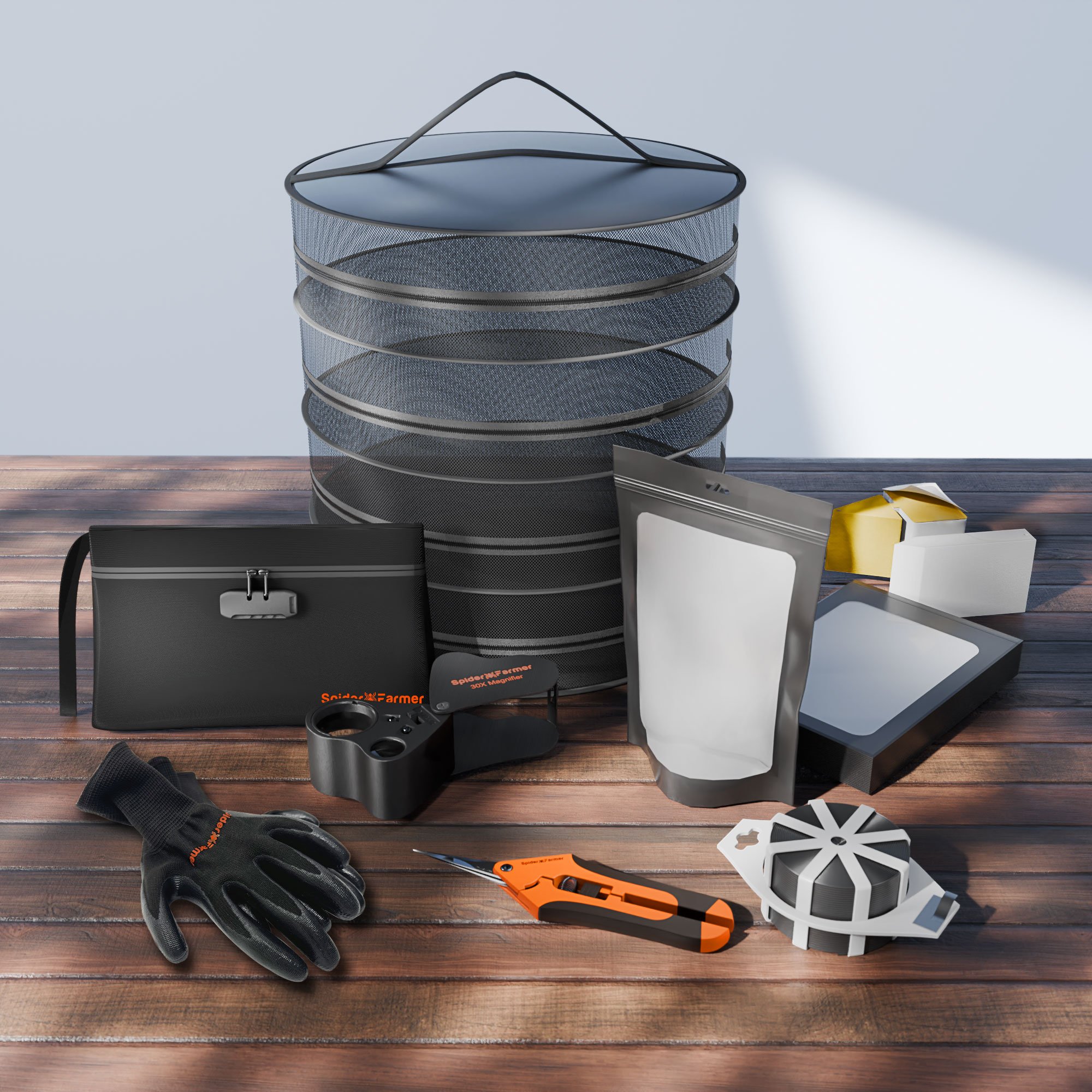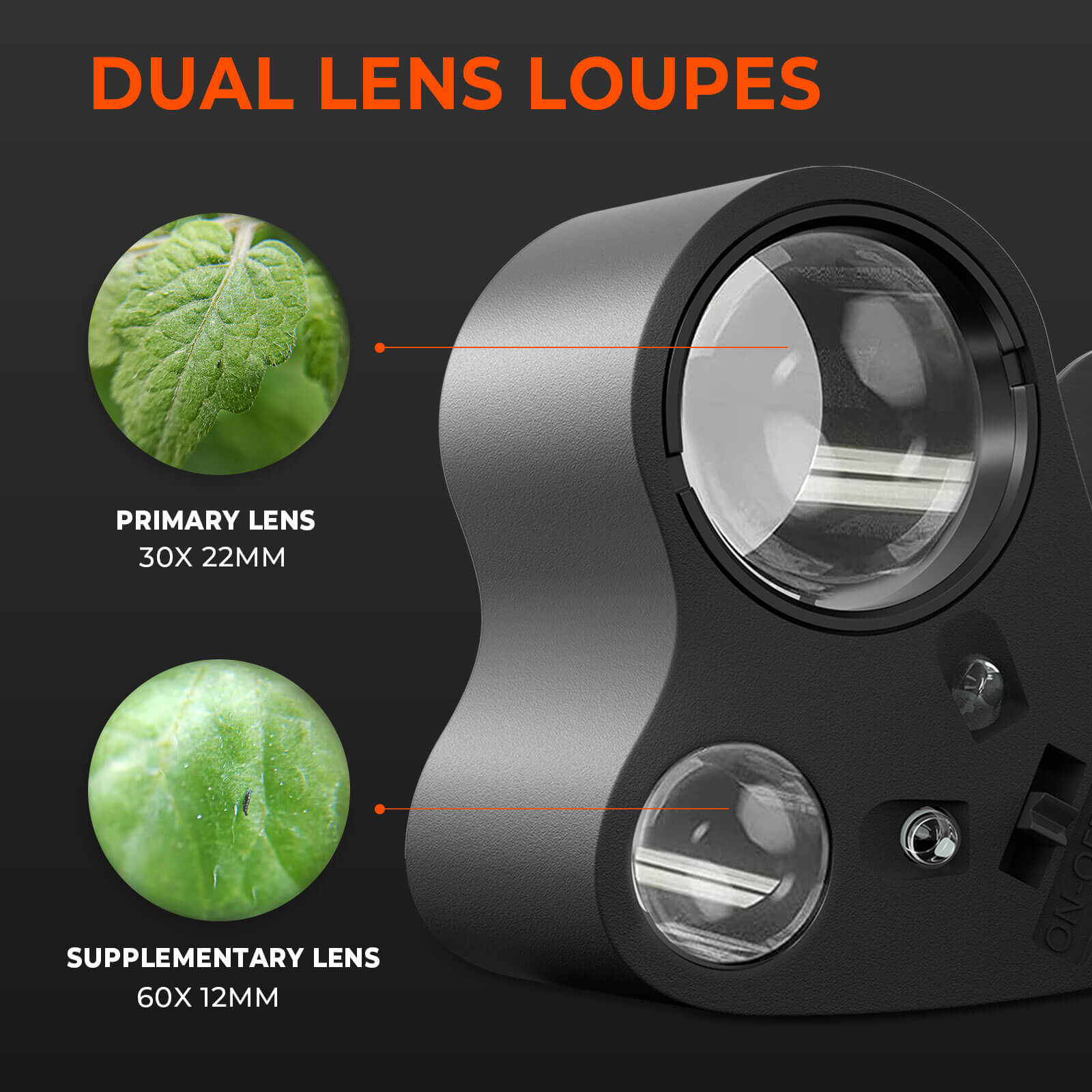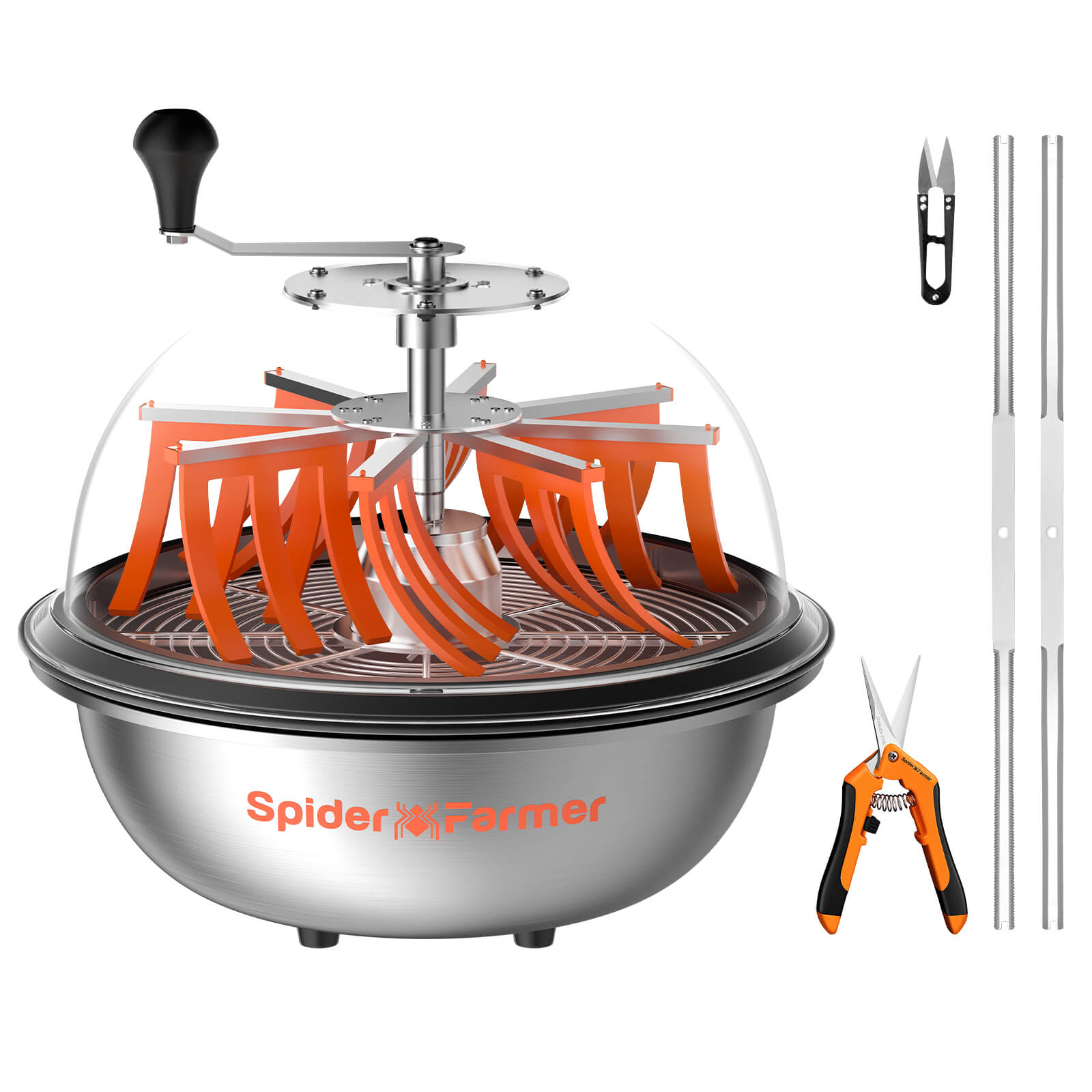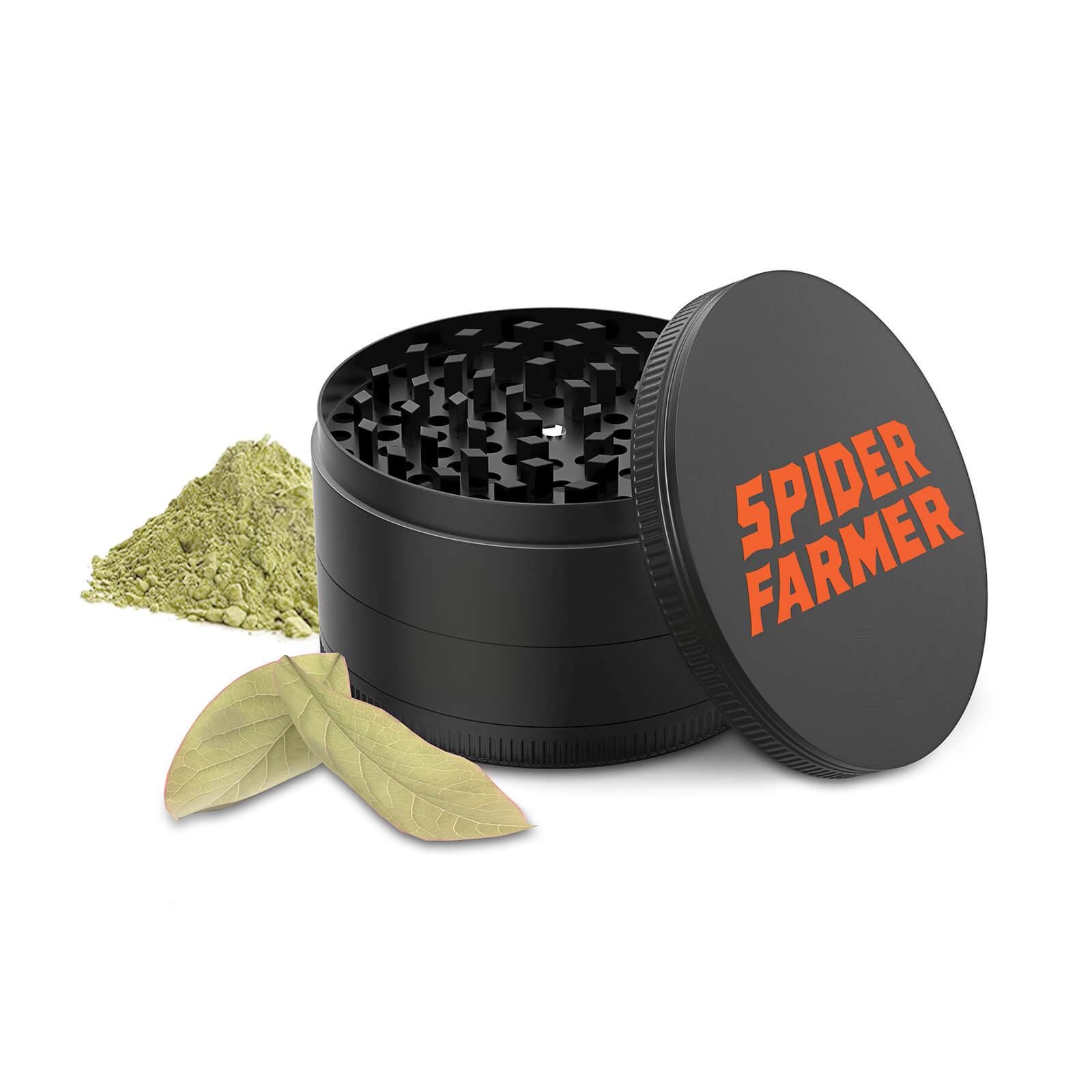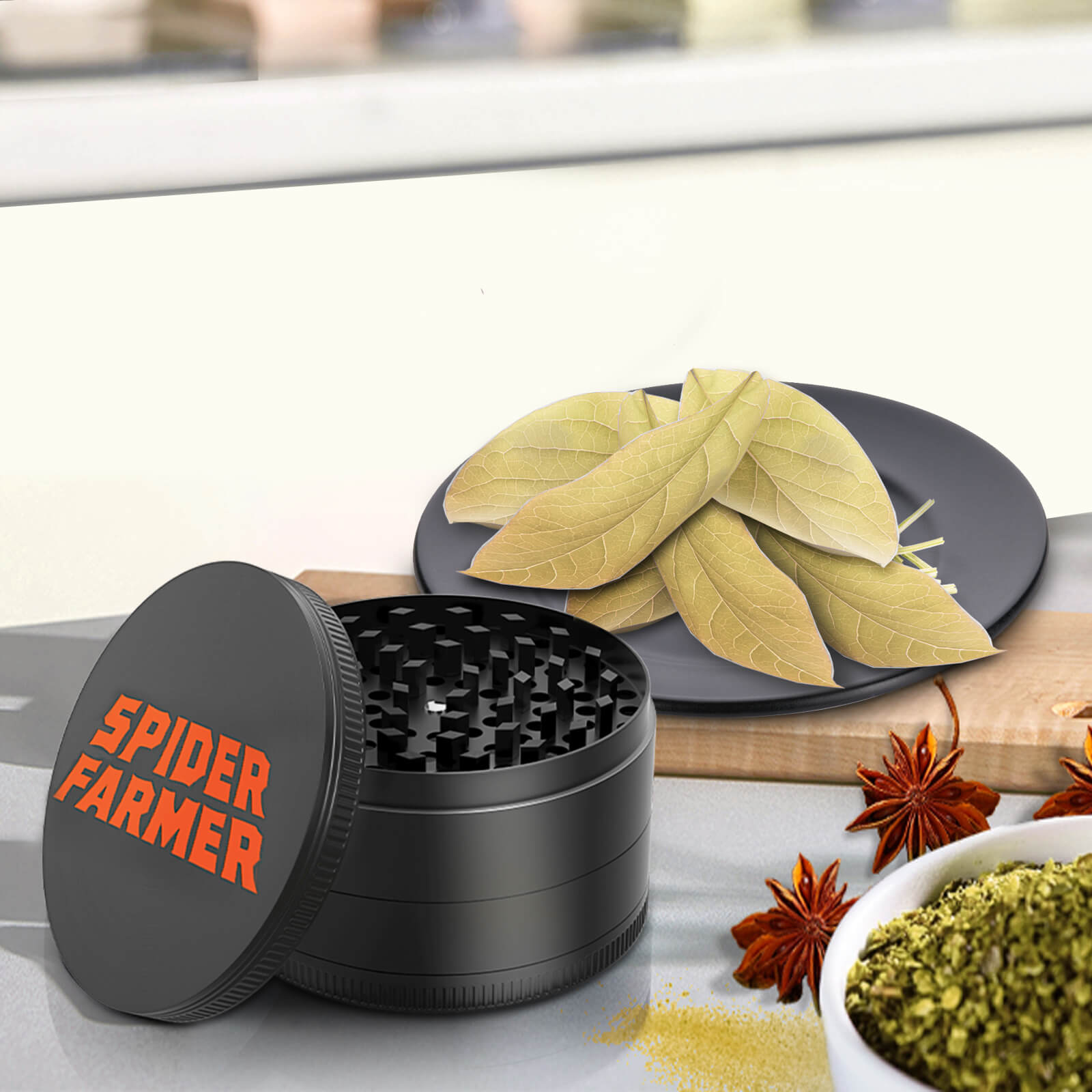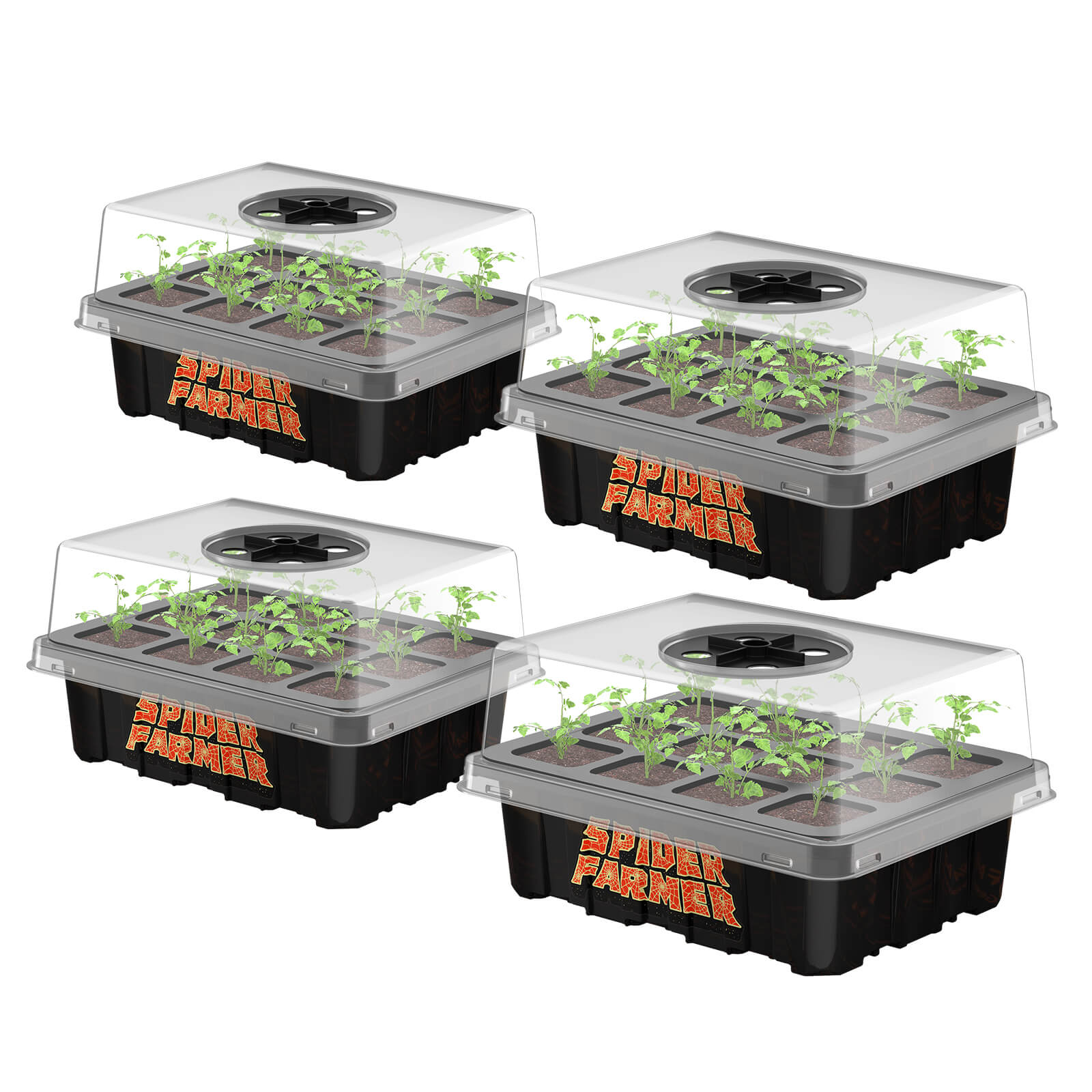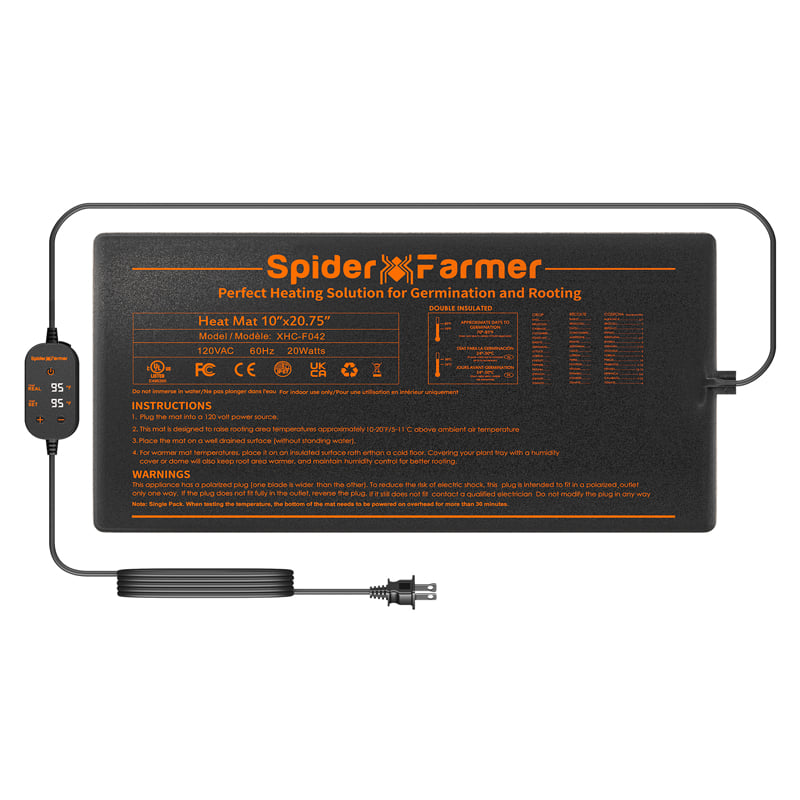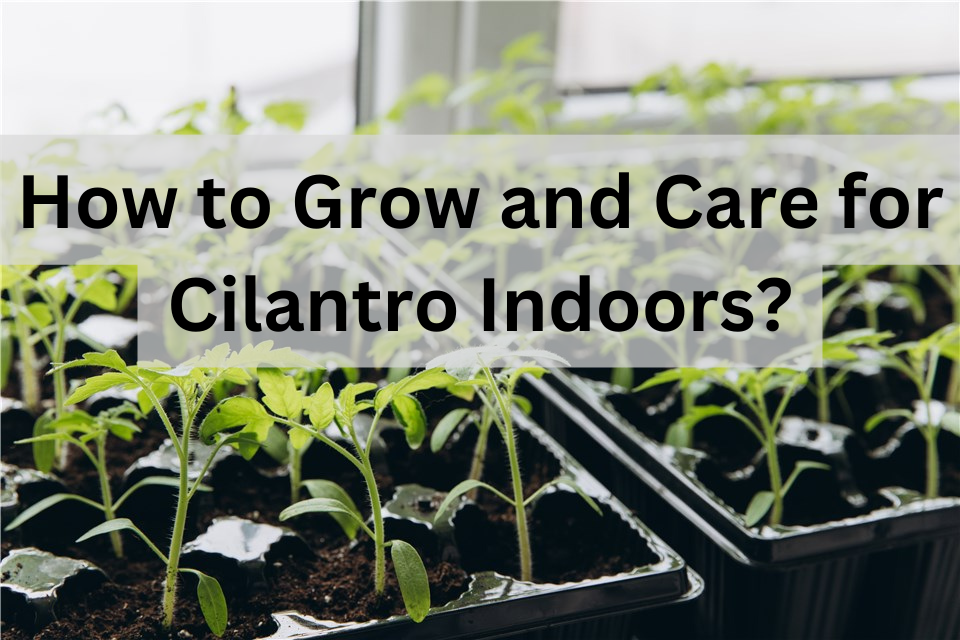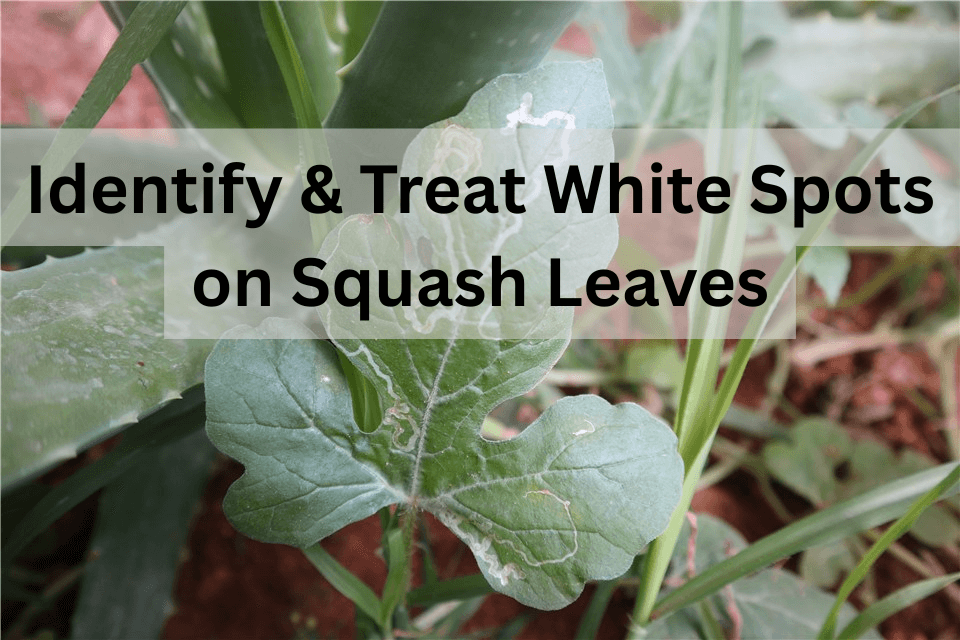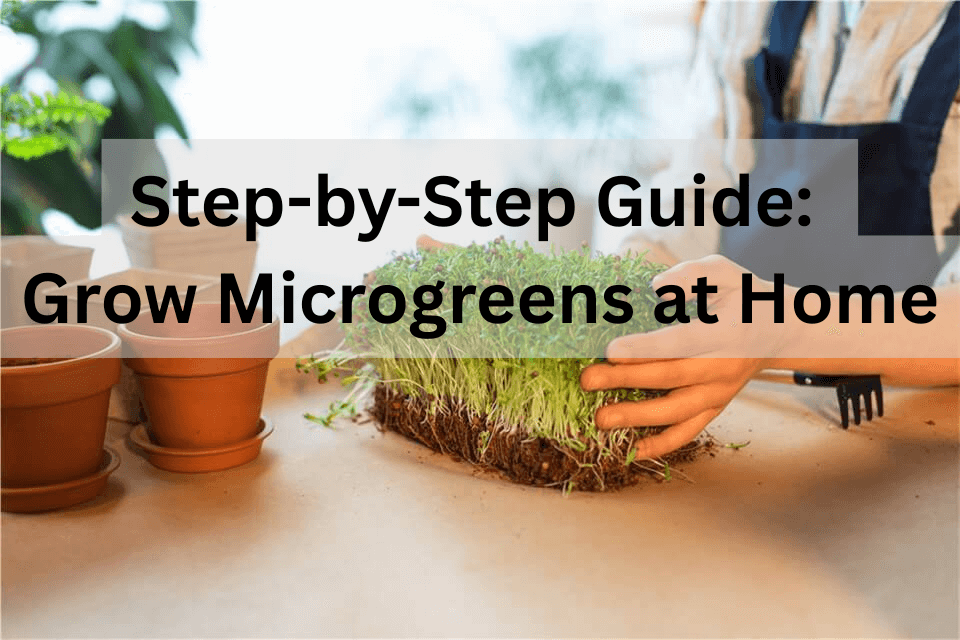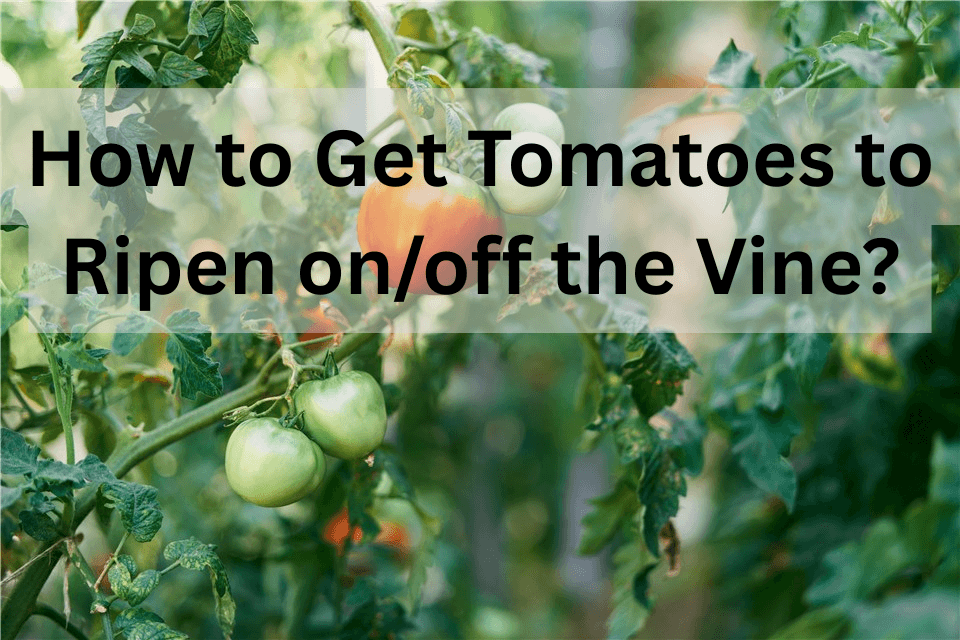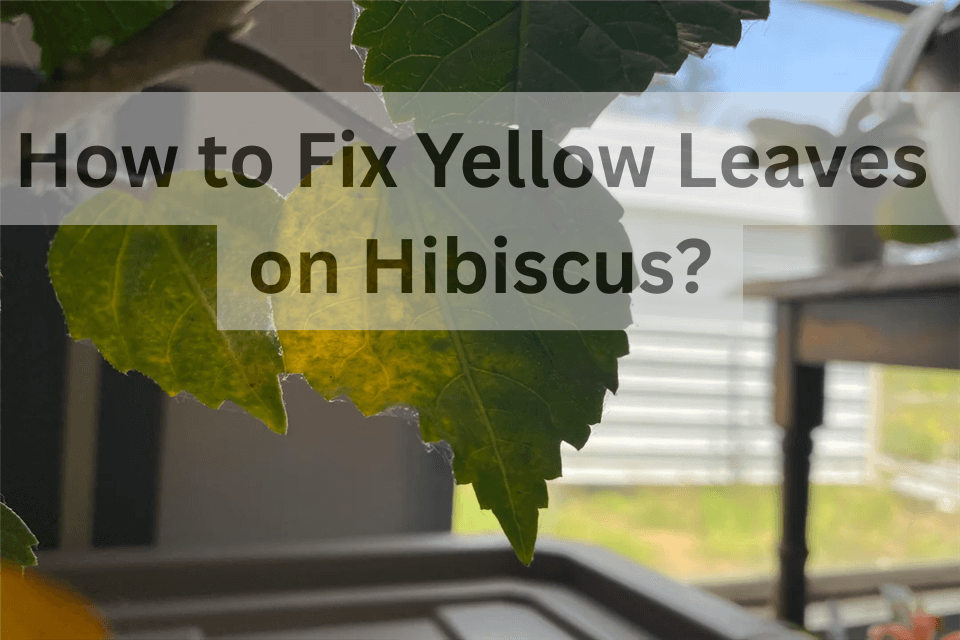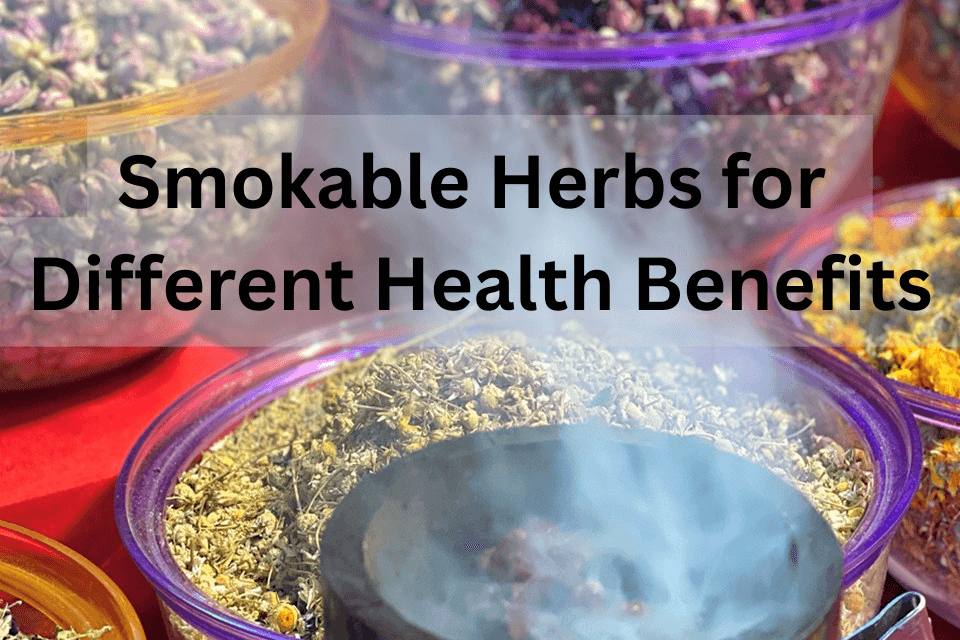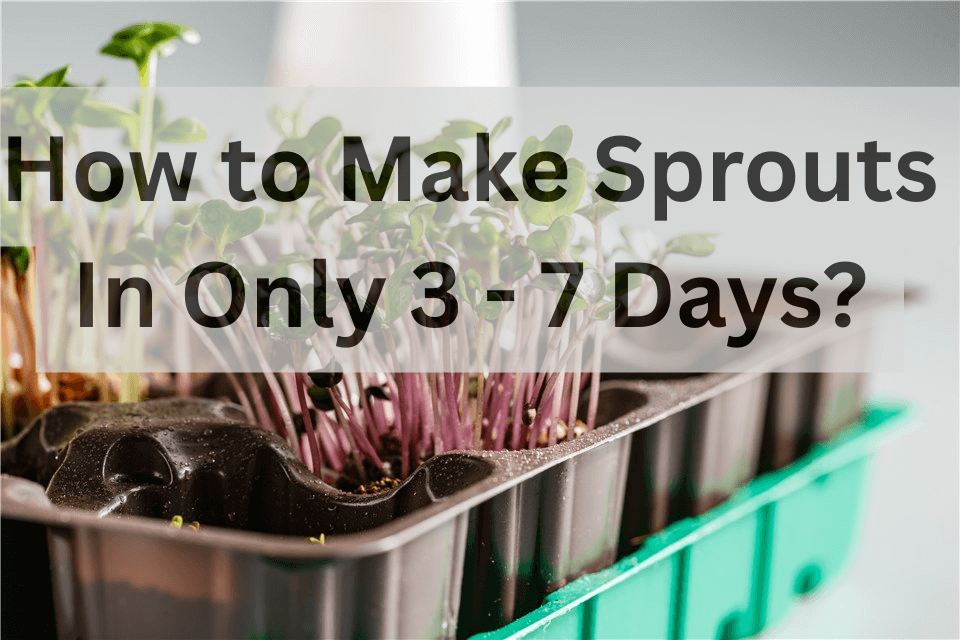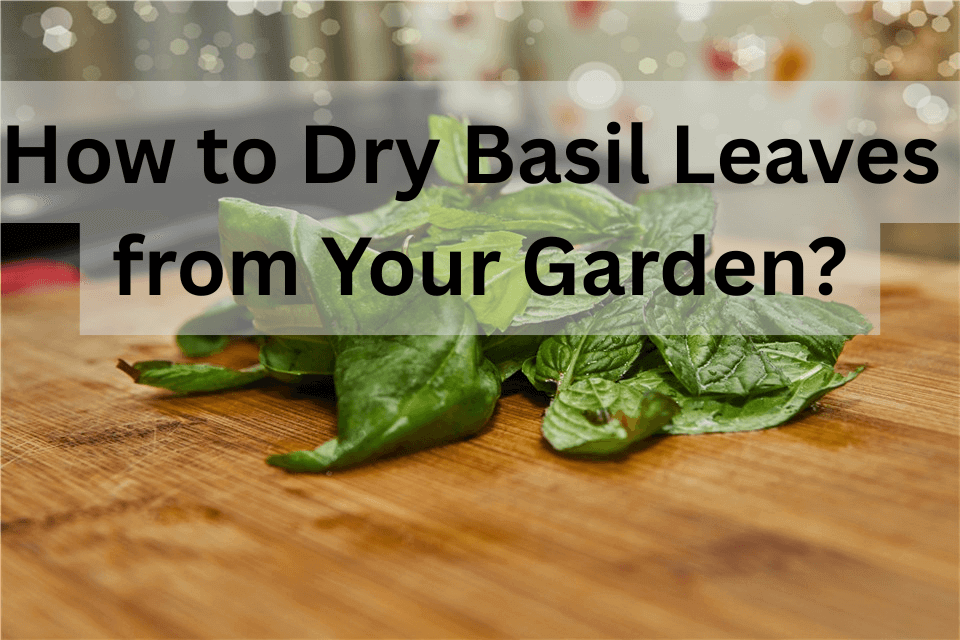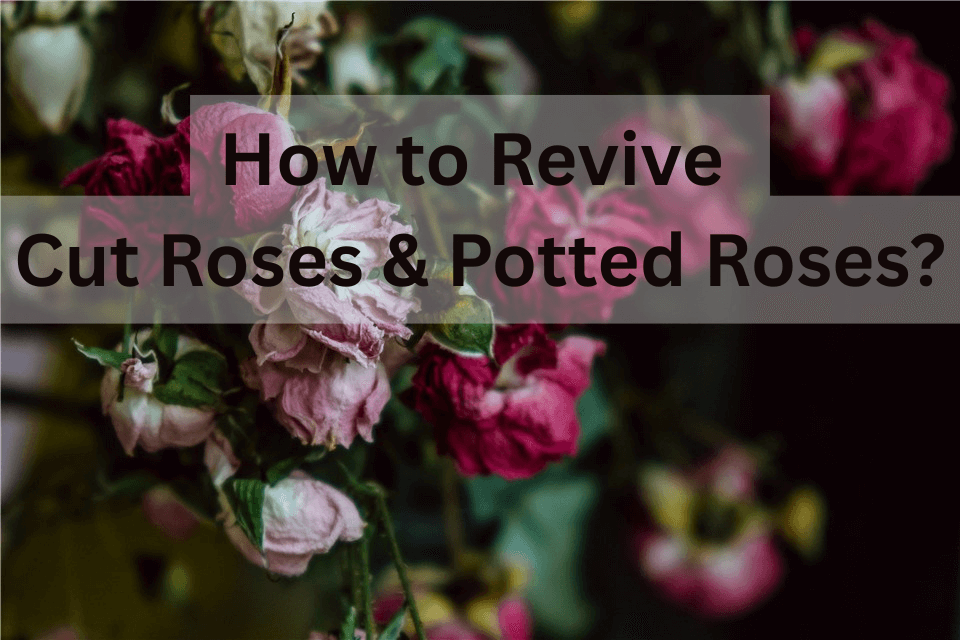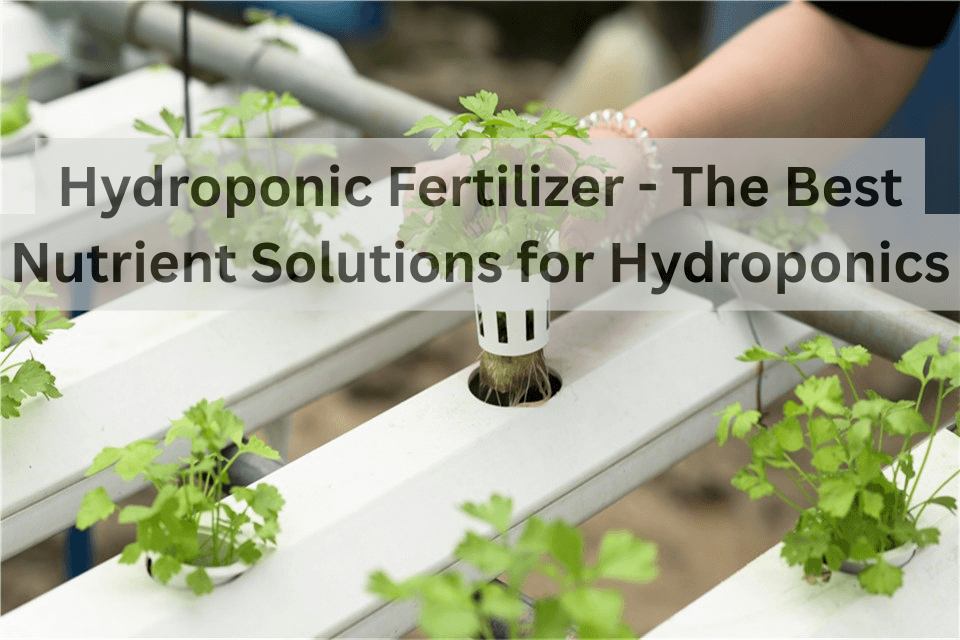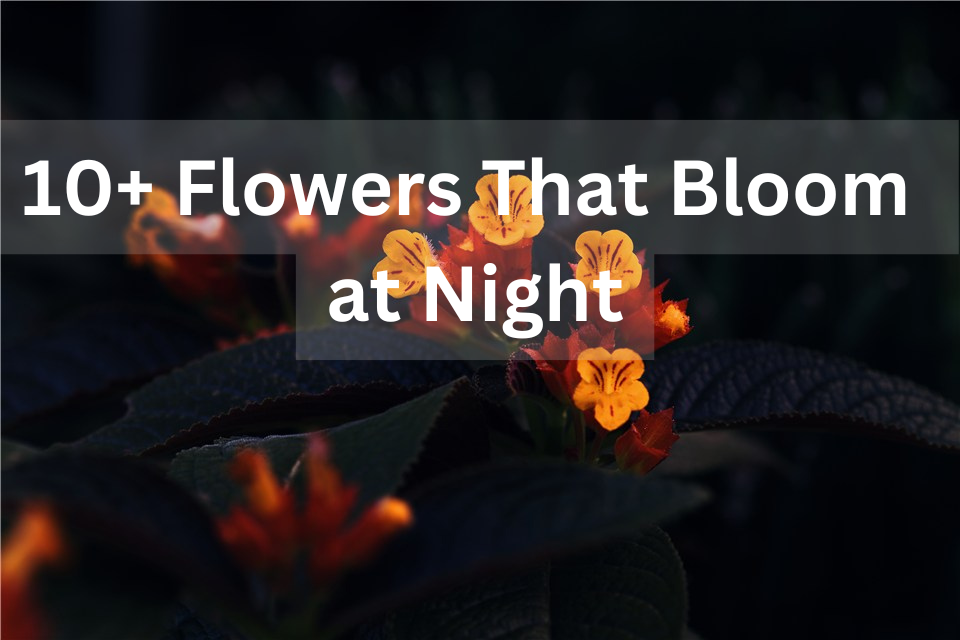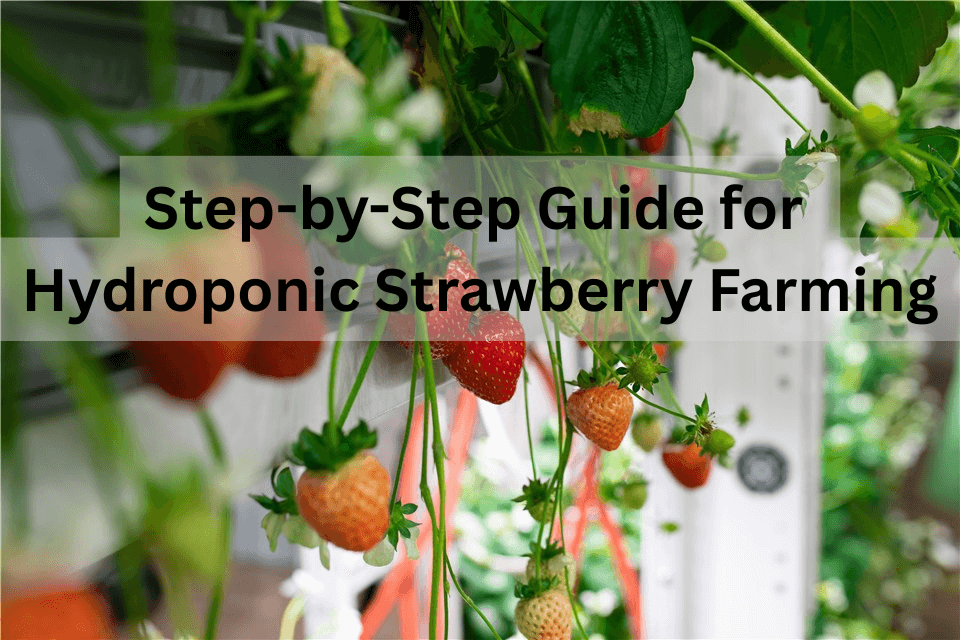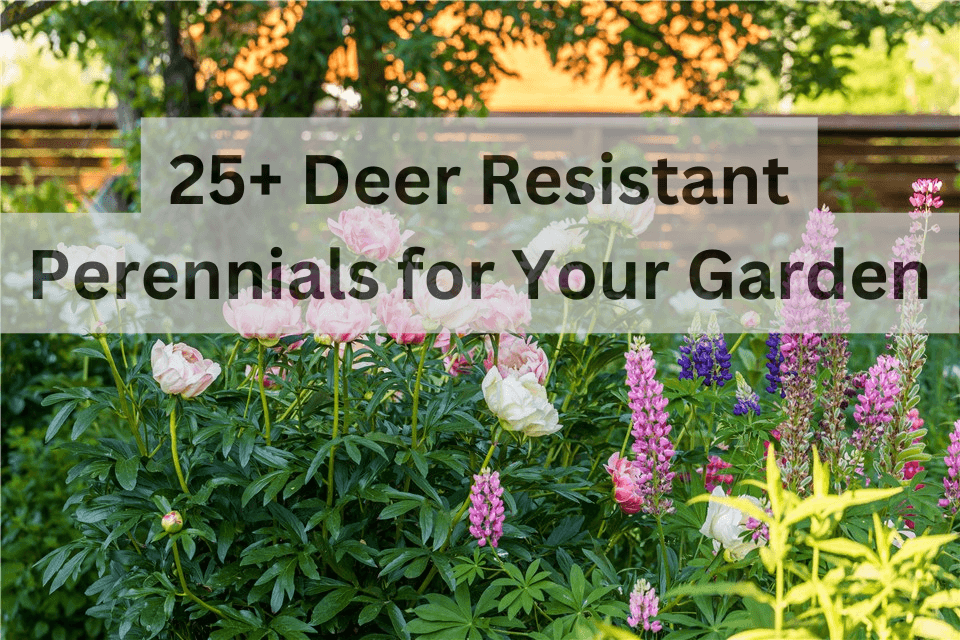It’s a rewarding endeavor to grow cilantro indoors since you can enjoy fresh herbs year-round, regardless of outdoor conditions. Known for its vibrant flavor and versatility in culinary applications, cilantro thrives in a controlled environment with good care for light, temperature, and moisture.
To propagate cilantro at home, you need to satisfy the cilantro sun requirement of at least 6 hours or supplement with LED grow lights when the natural light is insufficient. Additionally, maintaining temperatures between 50°F and 80°F and ensuring well-draining soil can also promote healthy growth. With the right cilantro care, you can enjoy a continuous supply of this aromatic herb right from your kitchen!
Table of Contents
Can You Plant Cilantro at Home?
Yes, you can plant cilantro at home, since cilantro is a versatile herb that thrives in various conditions. Cilantro prefers well-draining soil and a sunny location, ideally receiving about 6-8 hours of sunlight each day. In most cases, LED grow lights can serve as supplemental lighting.
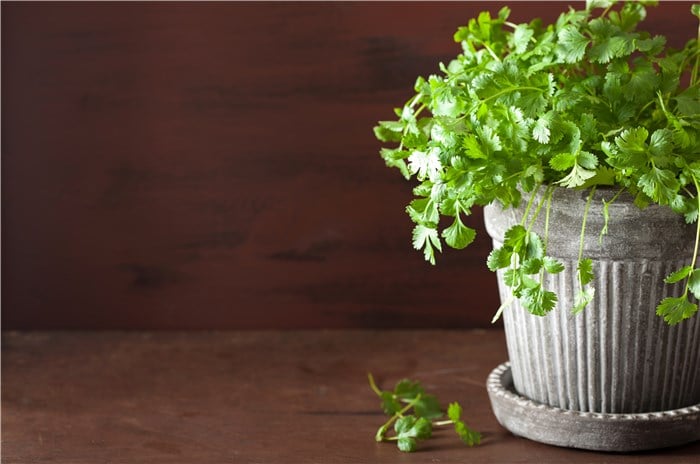
Can You Plant Cilantro at Home?
You can start cilantro seeds indoors or from cuttings. You can sow directly into the garden or in pots, as cilantro does not transplant well. Keep the soil consistently moist but not waterlogged, and enjoy the fresh, aromatic leaves in your culinary dishes. With proper care, cilantro can be grown year-round in many climates.
What Is an Ideal Cilantro Container Size?
The ideal container size for growing cilantro indoors is at least 8 to 12 inches deep and 10 to 18 inches wide. This depth allows for cilantro's long taproot to develop properly, while the width provides enough space for multiple plants if desired. For optimal growth, a container that is 10 to 12 inches in diameter can accommodate one to three cilantro plants, depending on the spacing and growing conditions.
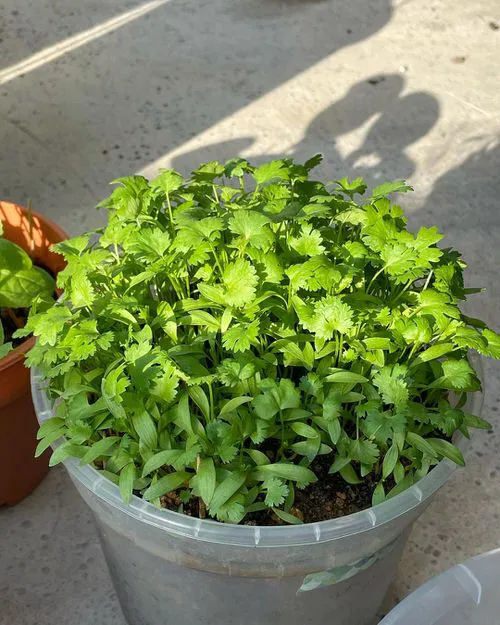
cilantro container size
Ensuring that the container has drainage holes is crucial to prevent waterlogging, which can lead to root rot. By selecting the right size container, you can create a healthy environment for cilantro to thrive indoors.
How to Grow Cilantro Indoors?
You can grow cilantro indoors at home with or without soil.
Plant Cilantro at Home in Soil
It is straightforward to plant cilantro at home in soil. Before sowing the cilantro seeds, you can soak the seeds for 24 to 48 hours in water. This will soften their tough outer husk improve the germination rates and speed up the process. Also, some gardeners find that skipping the soaking step can yield successful growth if the soil is kept consistently moist after planting. This is because this action is like mimicking the soaking process. Except for the humidity requirement, there are other cilantro herb growing tips you need to consider when planting in soil.
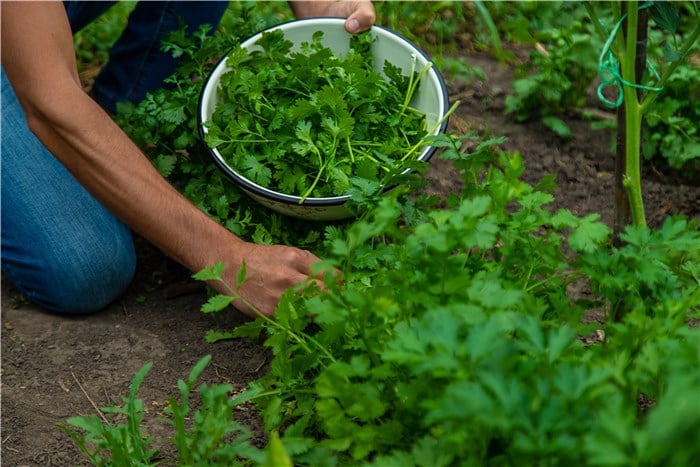
Plant Cilantro at Home in Soil
- Select a spot with full sun or partial shade and ensure the soil is well-draining, with a pH between 6.2 and 6.8.
- Amend the soil with compost to enhance nutrients and drainage and loosen the soil to a depth of about 12 inches.
- Soak cilantro seeds and sow the seeds about 1/4 to 1/2 inch deep, spacing them approximately 1 to 2 inches apart. Then cover lightly with soil and water gently.
- Keep the soil consistently moist during the germination period, which typically takes 7 to 10 days. Once the seedlings are about 2 inches tall, thin them to about 6 to 8 inches apart to promote healthy growth.
You can harvest cilantro in about 3 to 4 weeks by cutting the leaves. Meanwhile, avoid removing more than one-third of the plant at a time to ensure continued growth.
Plant Cilantro at Home without Soil
Besides, you can also grow cilantro in water. Since you’re going to grow cilantro from cutting, it can be easier to grow cilantro in soil. On one hand, cilantro cuttings contain nodes that can sprout roots when submerged in water, enabling the plant to take in essential minerals and oxygen; on the other hand, this herb's roots can absorb the necessary nutrients and moisture directly from the water. This method mimics the conditions of hydroponic systems, where plants grow in nutrient-rich solutions.
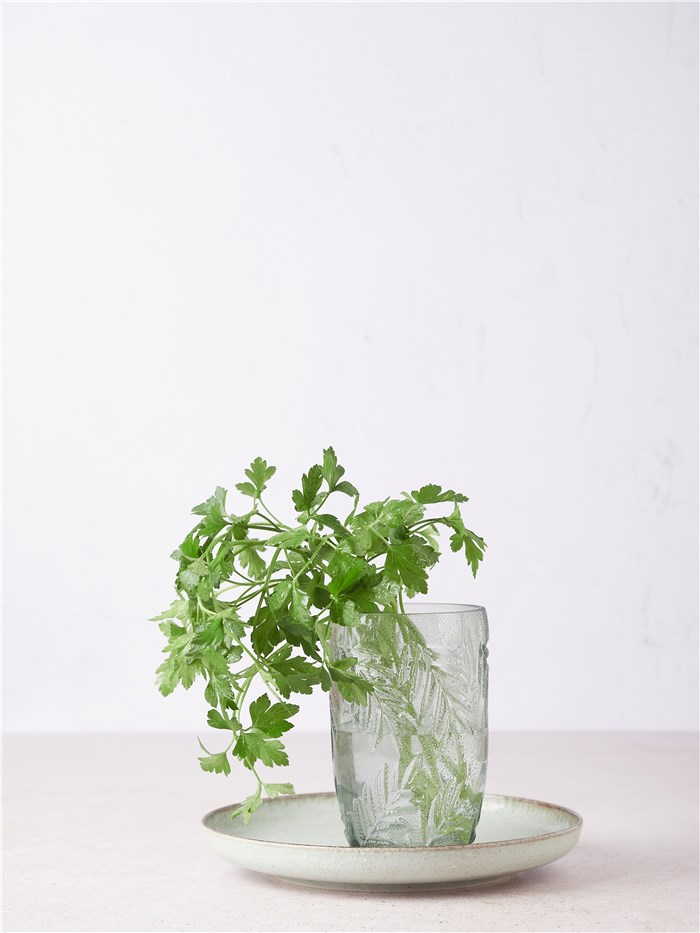
Plant Cilantro at Home without Soil
Here is how to grow cilantro from cuttings in water:
- Look for a healthy cilantro stem that is about 3 to 6 inches long. It should be cut just below a node (the point where leaves grow) to encourage root growth.
- Fill a clear glass or mason jar with about 2-3 inches of water. Ensure that the bottom of the cutting is submerged but avoid using too much water to prevent root rot. Then you can place the container in an area with indirect sunlight, as direct sunlight may harm the cutting.
- Refresh the water every few days to keep it clean and oxygenated. This can also encourage root development.
FAQs About Growing Cilantro Indoors
By the end of the post, we’ll demonstrate cilantro herb-growing tips and answer several FAQs about growing cilantro indoors.
What is the life cycle of cilantro?
The life cycle of cilantro involves several stages:
- Seed Stage: Cilantro begins its life cycle as seeds, which can be sown directly into the soil or started indoors. The seeds typically germinate within 7 to 14 days.
- Seedling Stage: Once germinated, cilantro sprouts into seedlings. During this stage, the plant develops its first true leaves, which are typically feathery and delicate.
- Vegetative Stage: As the plant matures, it enters the vegetative stage, where it grows taller and produces more leaves. Cilantro is a leafy herb and is usually harvested during this stage, typically around 3 to 4 weeks after planting.
- Flowering Stage: If cilantro grows freely, it will eventually enter the cilantro flowering stage. It produces small white or pink flowers, which are attractive to pollinators. This stage usually occurs when the plant is about 6 to 8 weeks old.
- Seed Formation: After flowering, cilantro develops seeds, often referred to as coriander seeds. The seeds mature on the plant and can be harvested once they turn brown and dry.
- Death: After producing seeds, the cilantro plant typically completes its life cycle and dies. However, the seeds can be collected and stored for future planting, allowing the cycle to begin anew.
Will cilantro regrow after cutting?
Yes, cilantro can regrow after cutting. When you cut cilantro, it’s best to leave at least one-third of the plant intact to allow for healthy regrowth. The plant will typically produce new leaves from the remaining stems within a few weeks, especially if it is provided with adequate sunlight, water, and nutrients. However, cilantro is a short-lived herb that tends to bolt (flower and go to seed) as it matures, so while you can enjoy multiple harvests from the same plant, it's advisable to replant seeds every few weeks for a steady supply of fresh cilantro throughout the growing season.
What not to plant next to cilantro?
When planting cilantro, it's important to avoid pairing it with certain herbs and vegetables that can hinder its growth or flavor. Notably, you should not grow coriander (the seed of cilantro) nearby, as it can lead to competition for nutrients and space. Additionally, cilantro doesn’t thrive well when planted alongside plants like carrots, as they may attract pests that could harm each other. Other plants to avoid include dill and fennel, as they can cross-pollinate and negatively affect the taste of cilantro. Keeping these companions in mind can help ensure a healthier and more productive cilantro garden.
Is cilantro still good after it flowers?
Cilantro is still edible after it flowers, though the flavor of the leaves may change significantly. When cilantro bolts, it produces flowers and subsequently seeds, which often results in the leaves becoming more bitter and less flavorful compared to their fresh counterparts. While the leaves may not be as desirable for culinary uses once the plant has flowered, they remain safe to eat. Additionally, the flowers themselves are edible and can add a unique flavor to salads or garnishes. The seeds produced after flowering, known as coriander, can also be harvested and used as a spice in various dishes, making the bolting stage an opportunity for both culinary and gardening benefits.
What does bolted cilantro look like?
Bolted cilantro, or cilantro that has gone to seed, has distinct characteristics compared to its lush, green leaf stage. The plant grows taller, often reaching heights of 2 to 3 feet, with a thin, upright stem. The leaves become smaller and more sparse, with some turning a darker green or even yellowish hue. Small white to pale pink flowers cluster at the top, forming delicate umbels, which attract various pollinators. As the plant matures, it produces seeds, known as coriander, which are round and tan, indicating the plant’s transition from a culinary herb to a seed-producing stage.
Conclusion
In summary, it’s easy for both novice and experienced gardeners to plant cilantro indoors. Starting from cilantro seeds, you can prepare for soil and fertilizer, and provide the necessary light and water. With its quick growth cycle, cilantro offers the satisfaction of rapid results, allowing you to enjoy fresh flavors in your cooking in just a few weeks.
Whether you choose to grow it in pots or water or a garden bed, nurturing cilantro not only enhances your culinary creations but also brings a touch of greenery into your space. So, gather your materials and start planting—your home-cooked meals will thank you for it!


